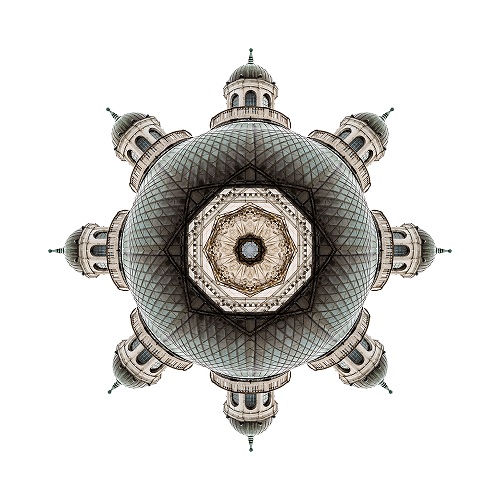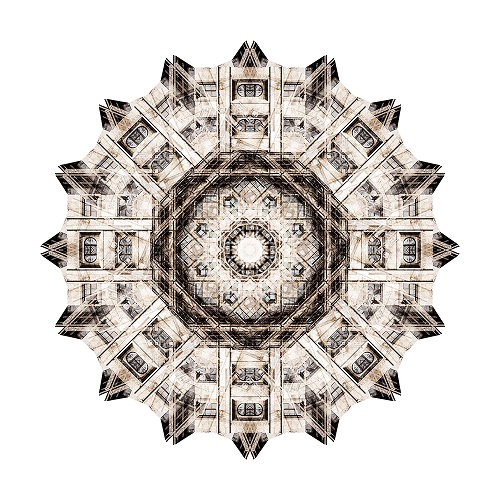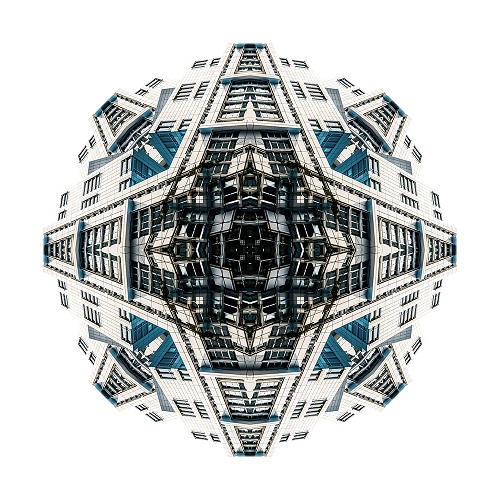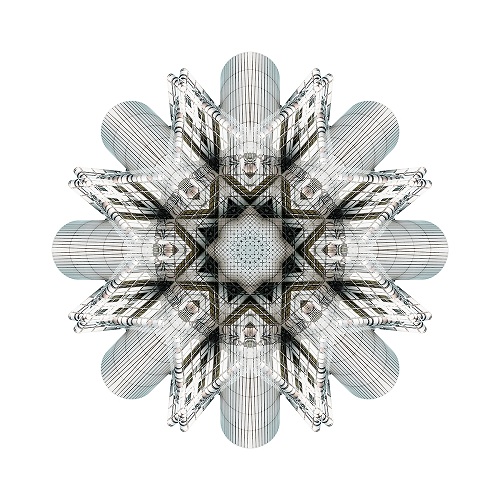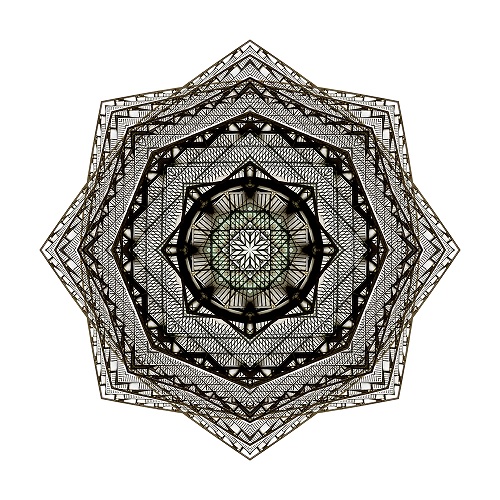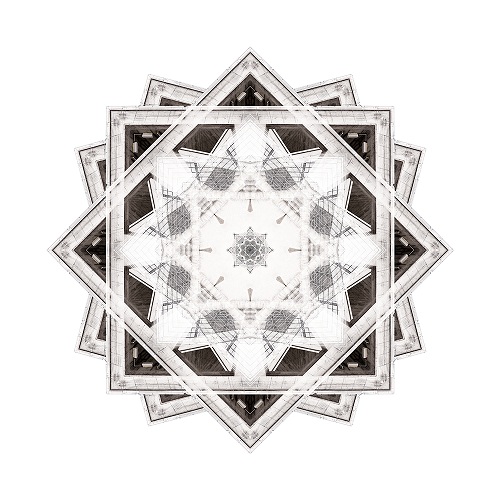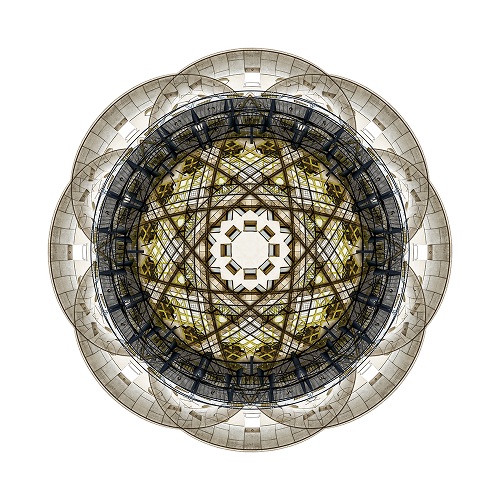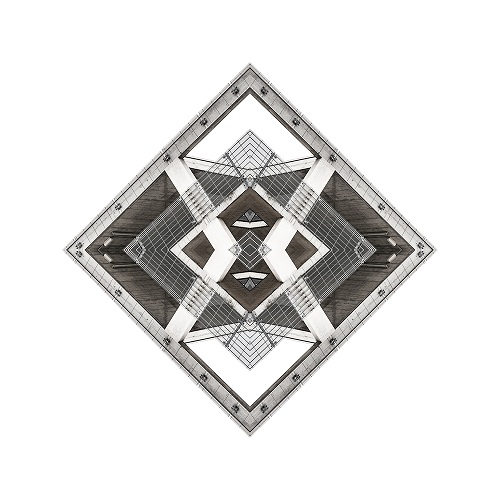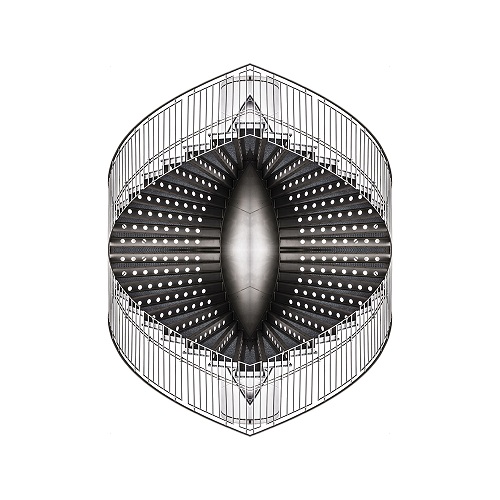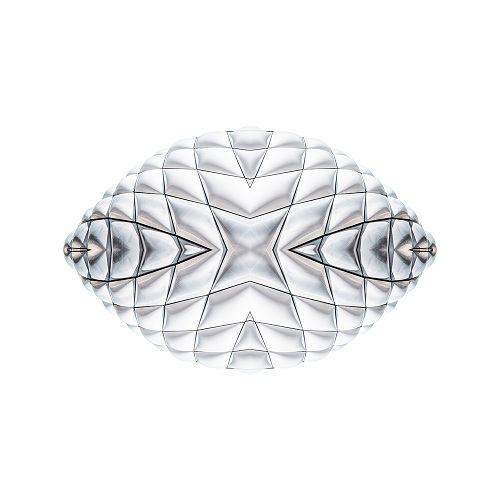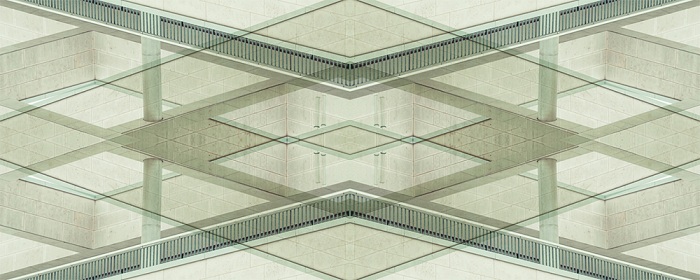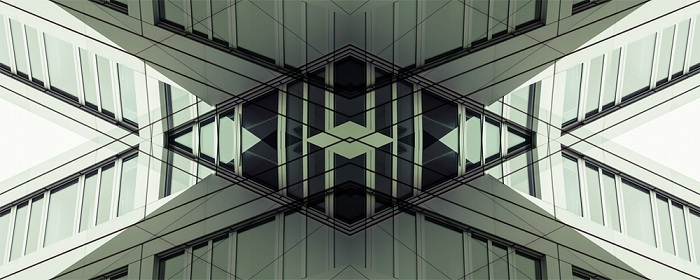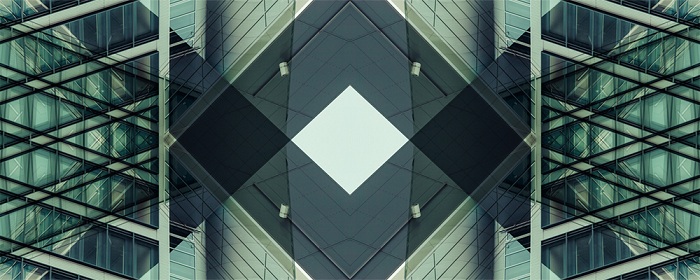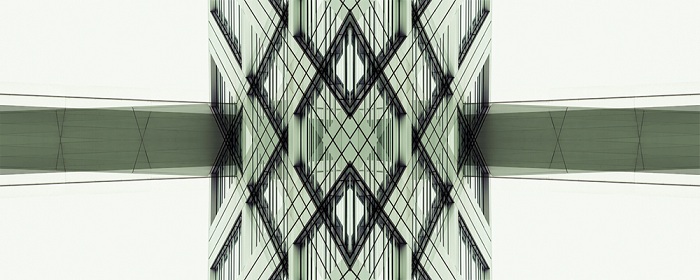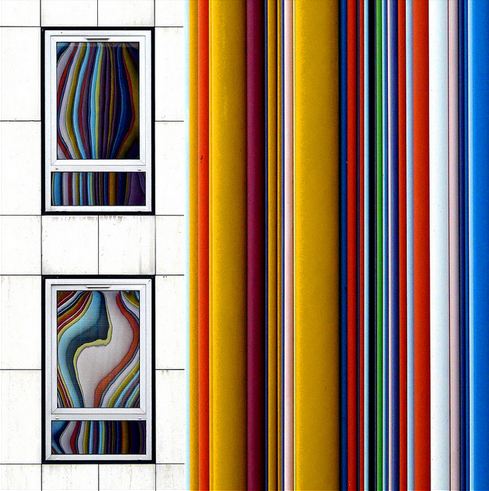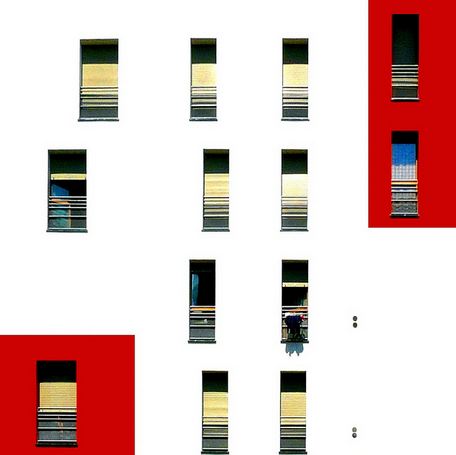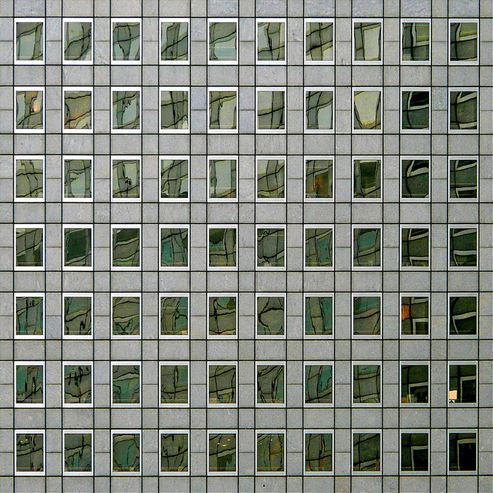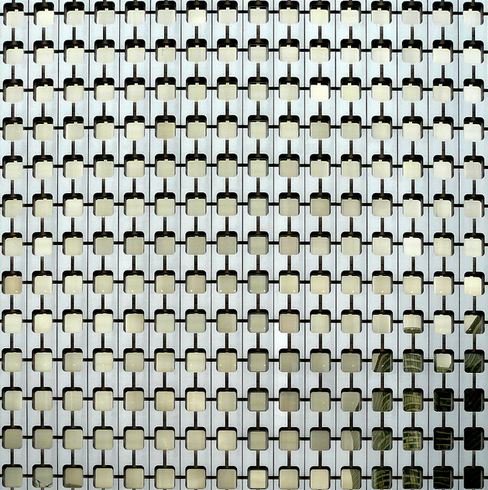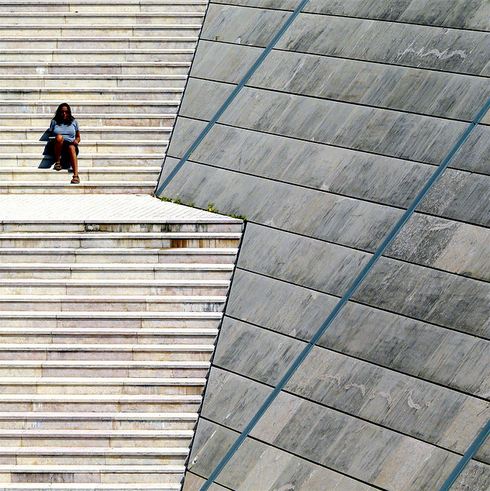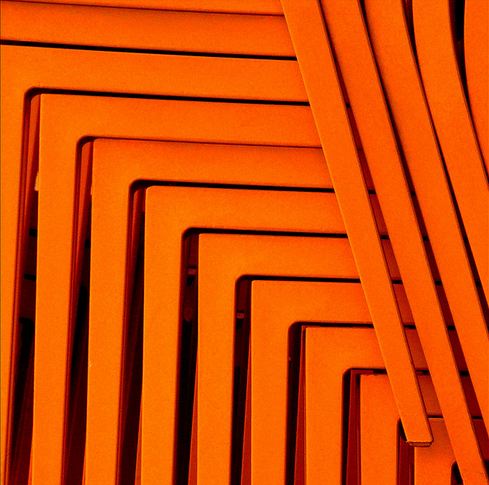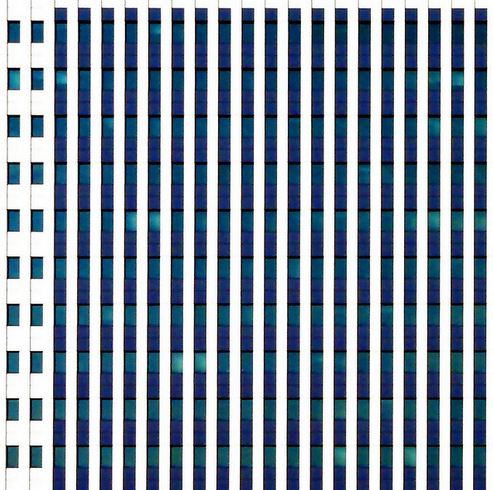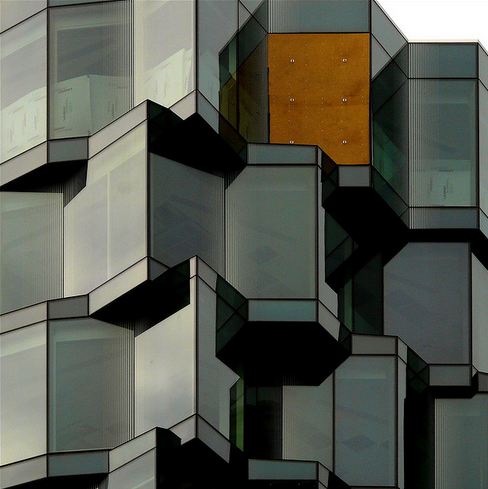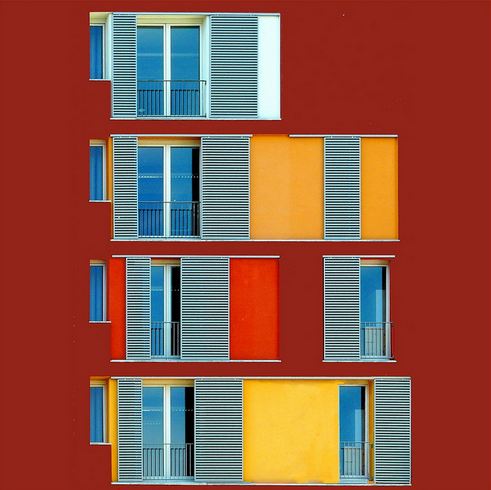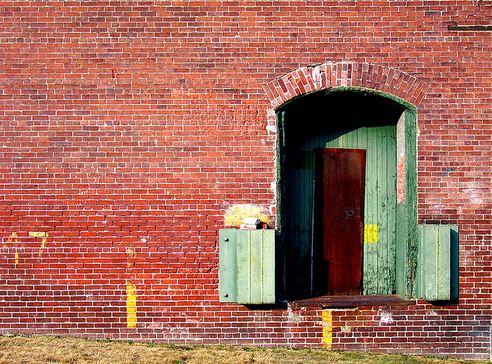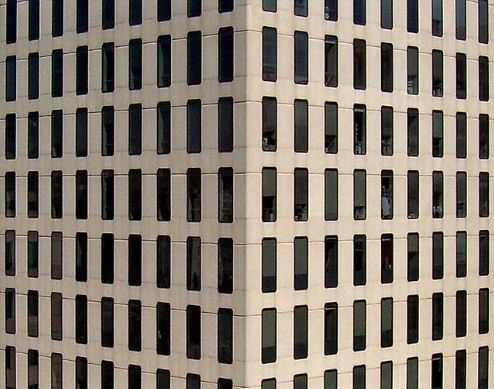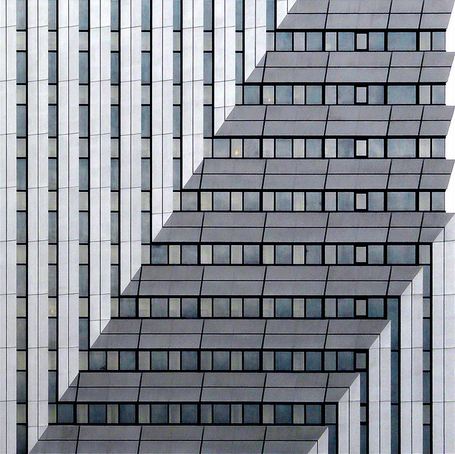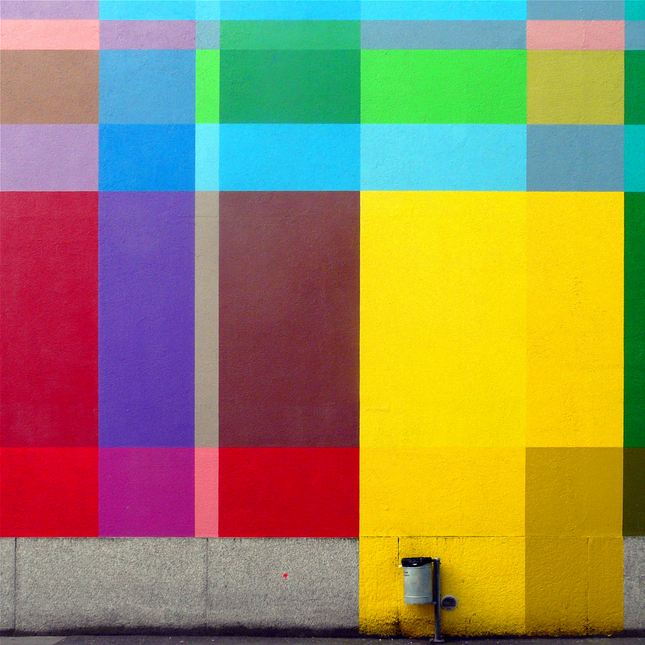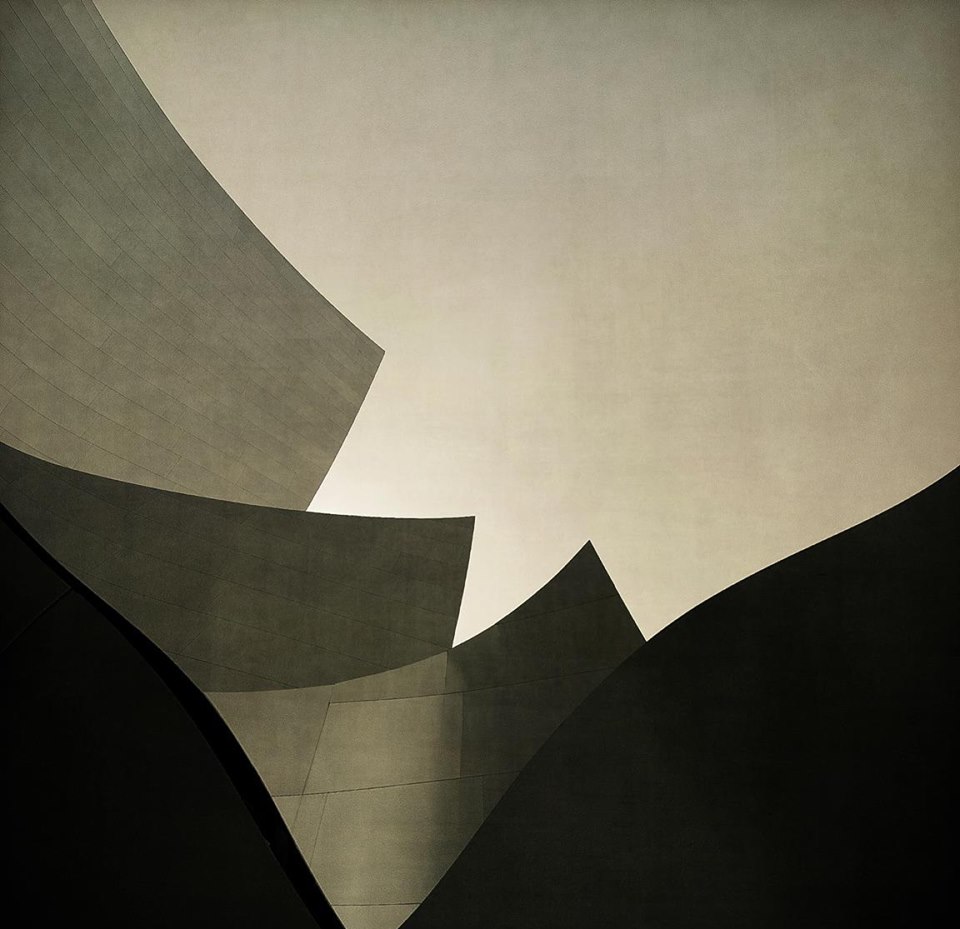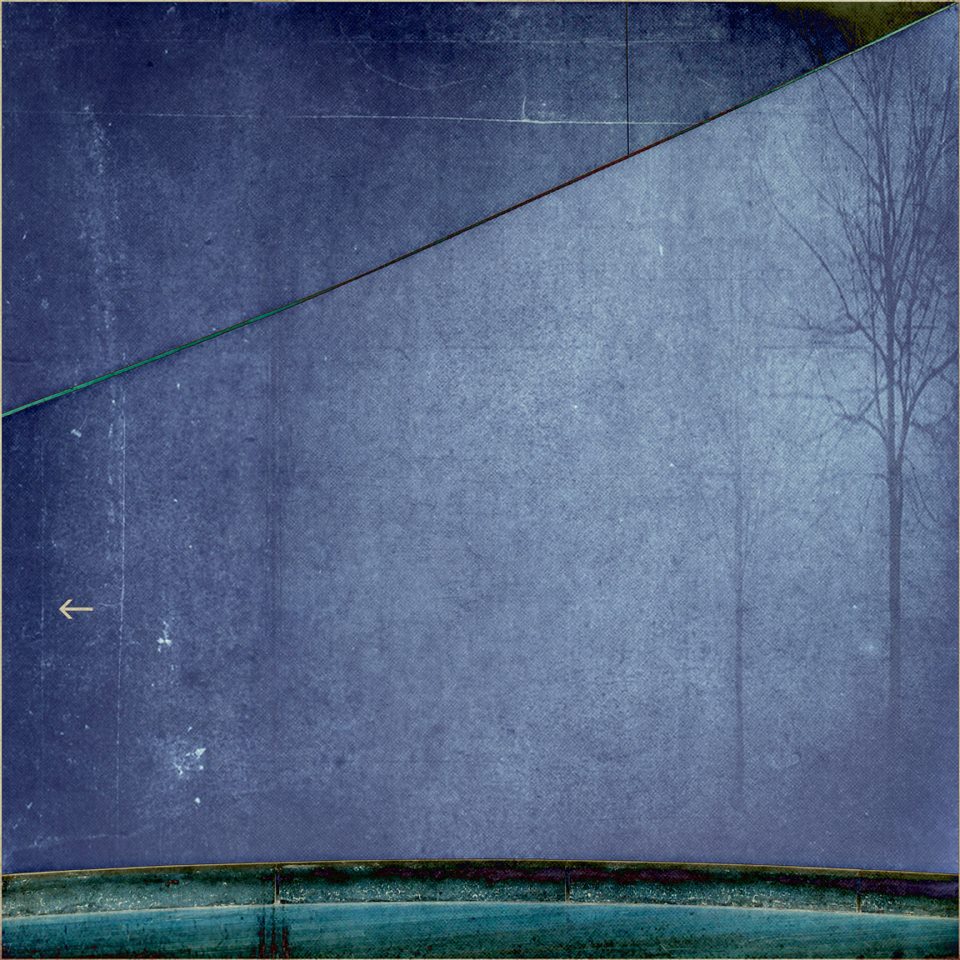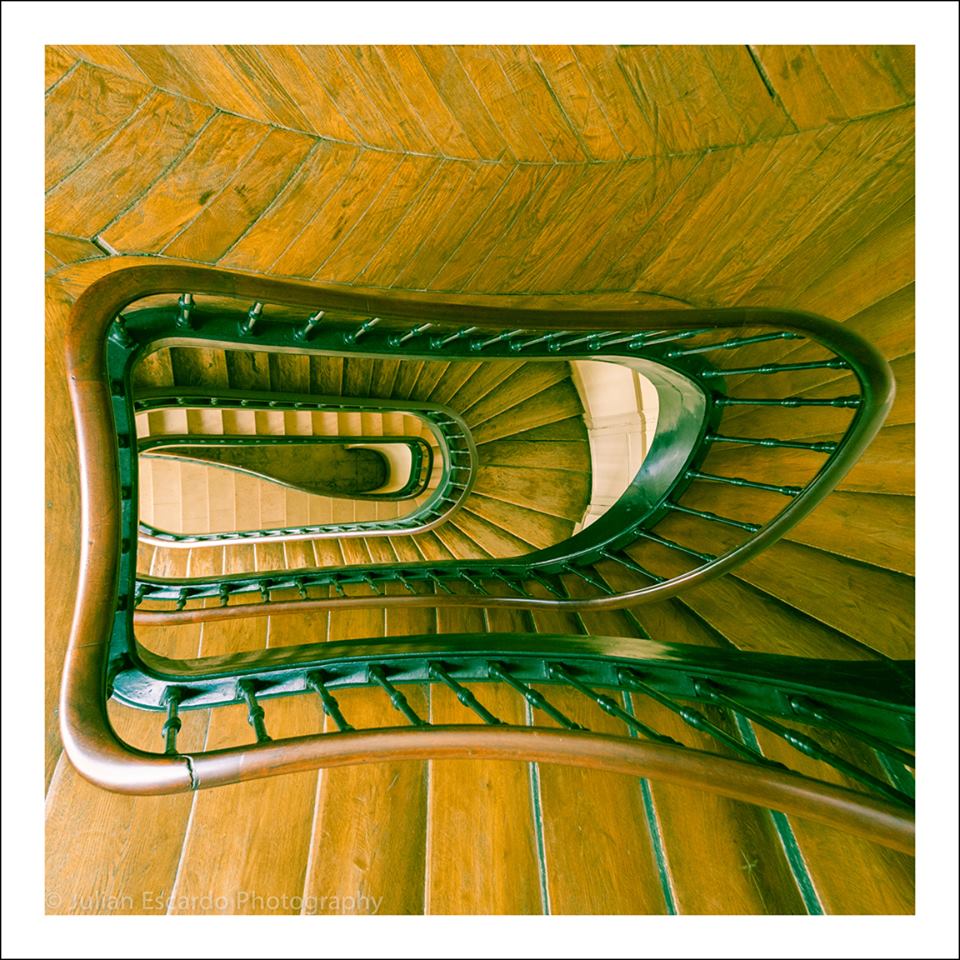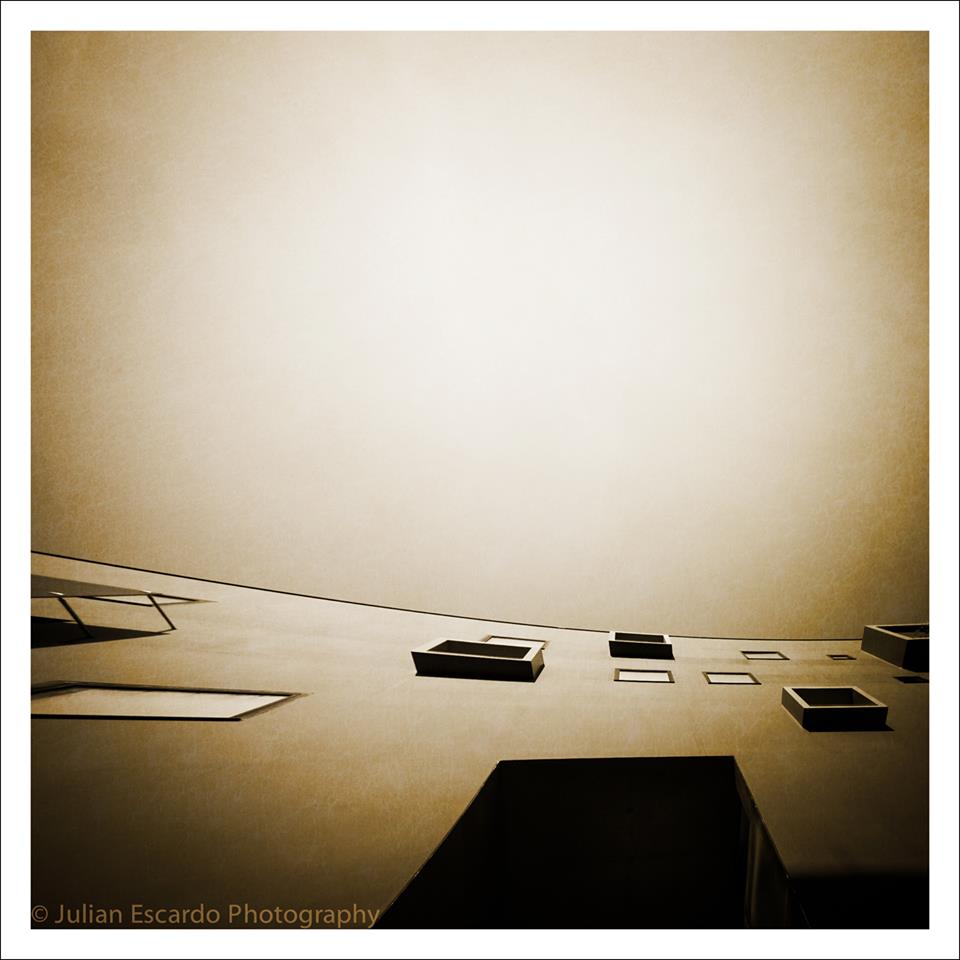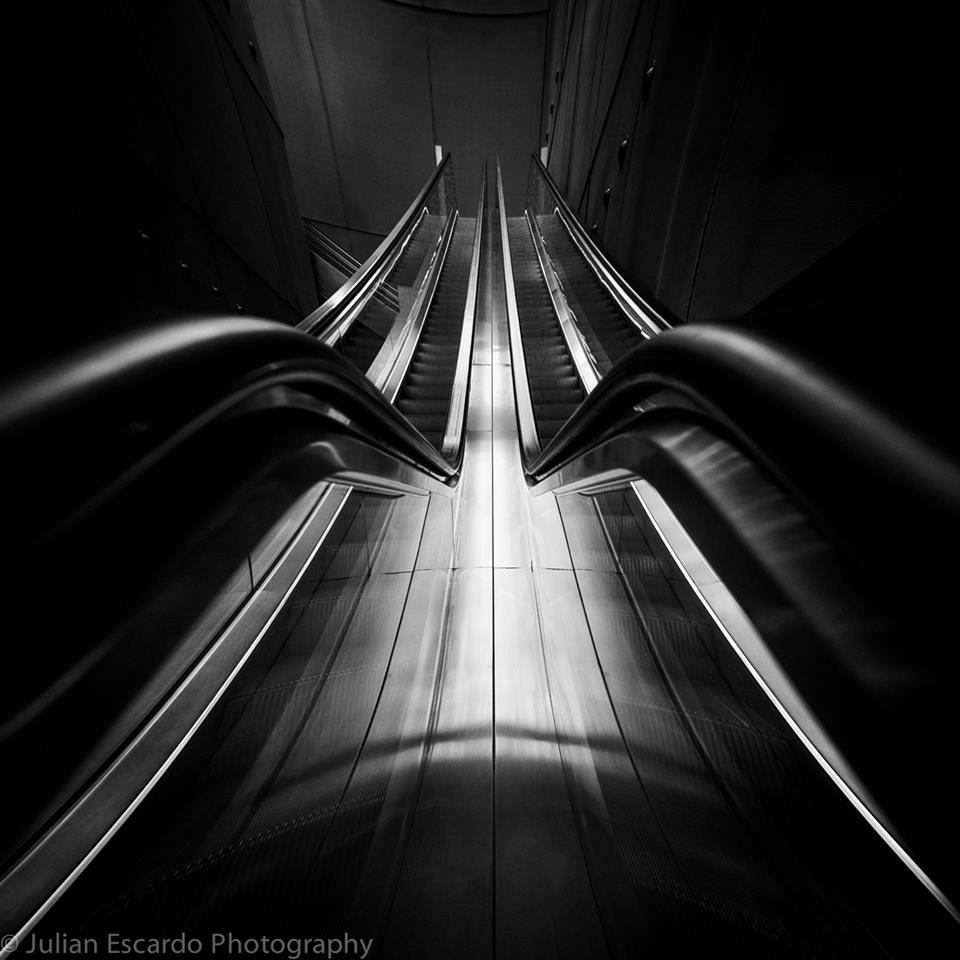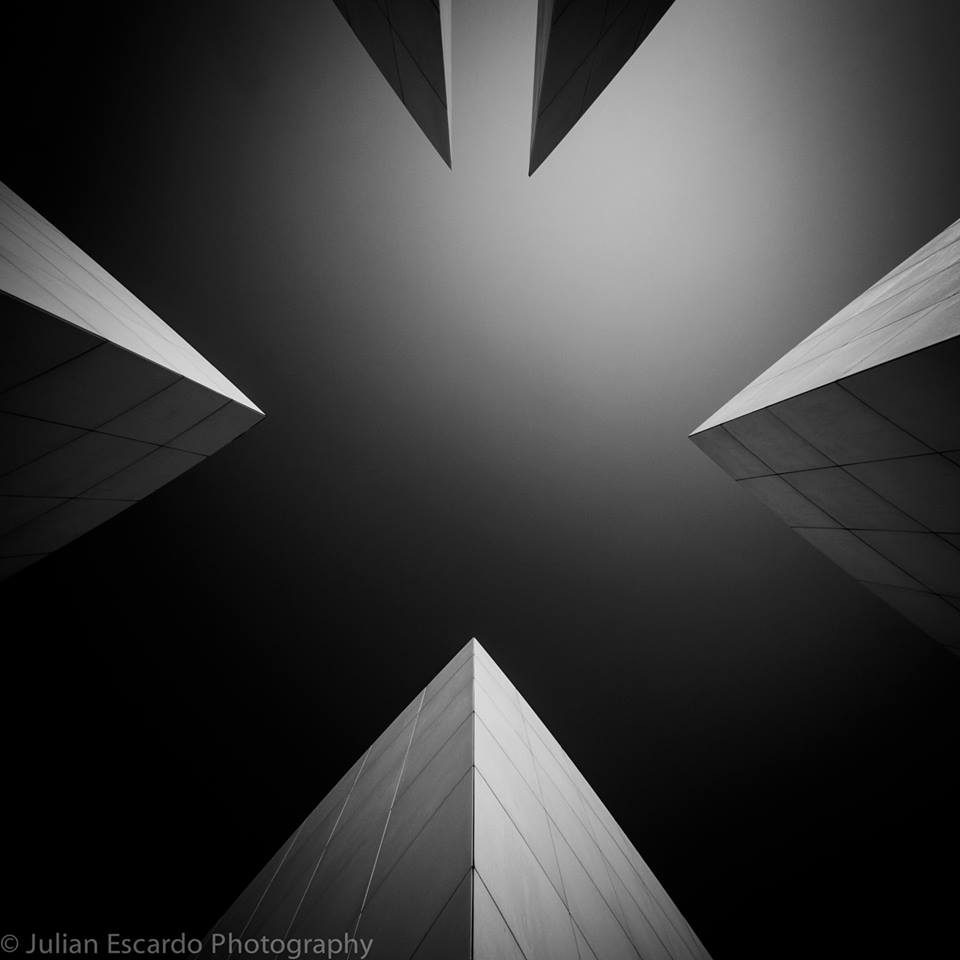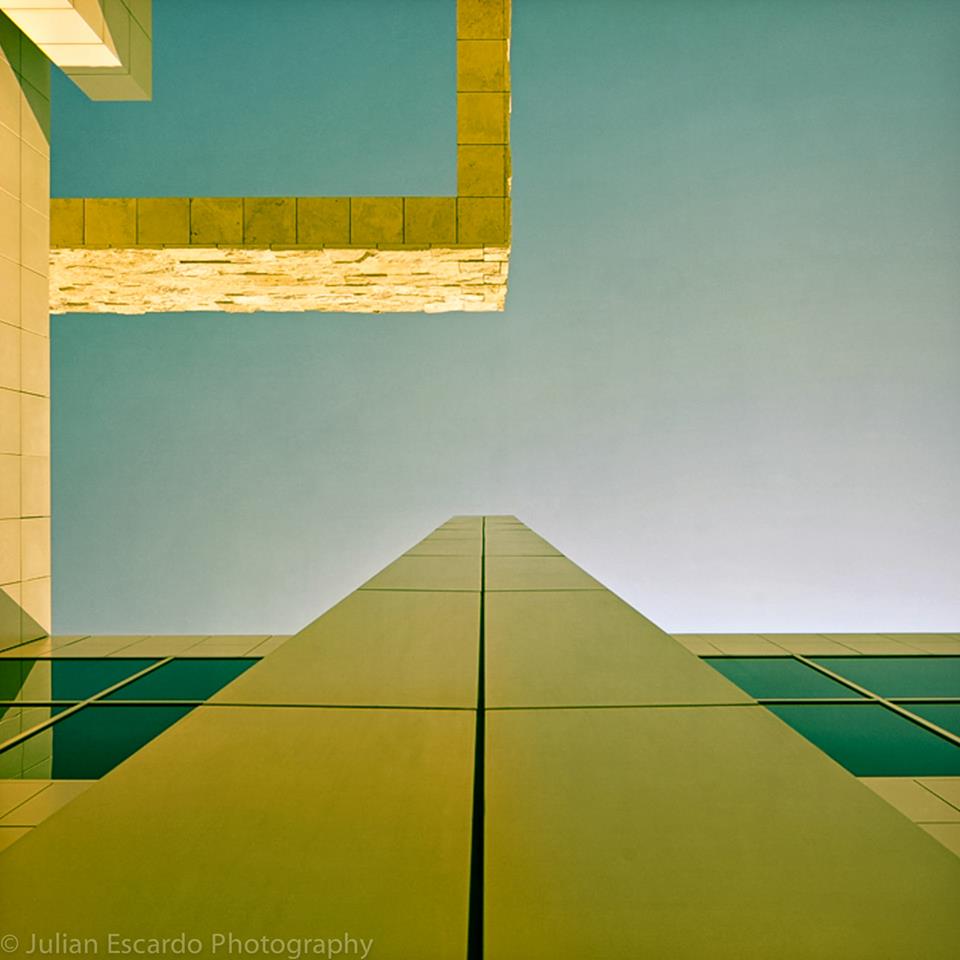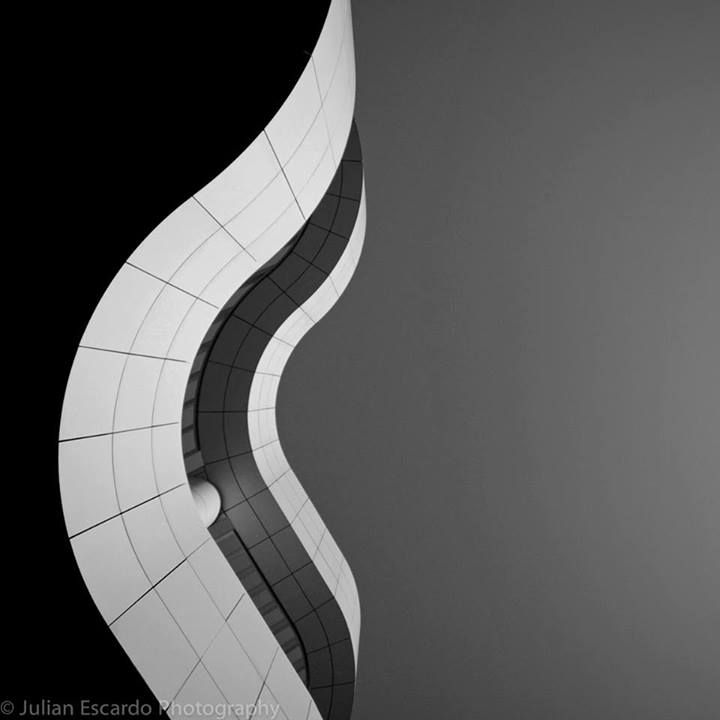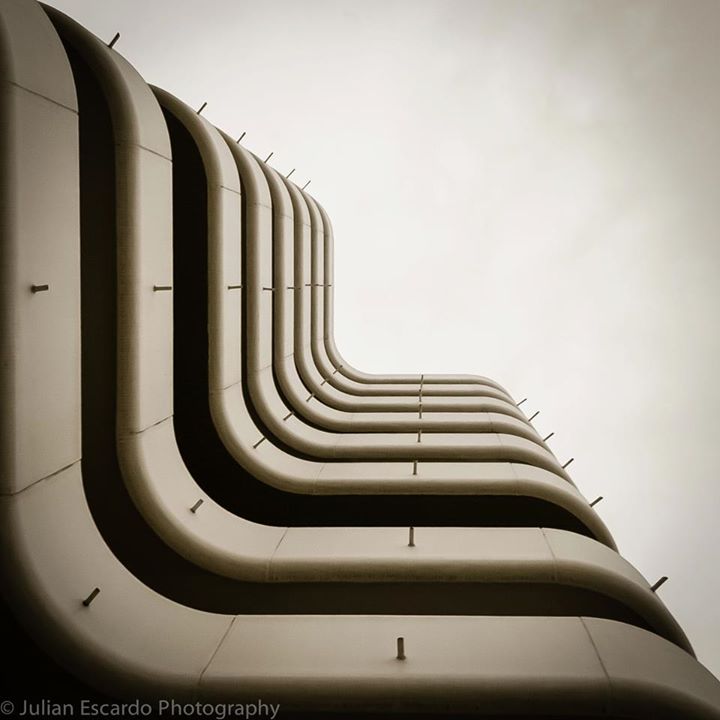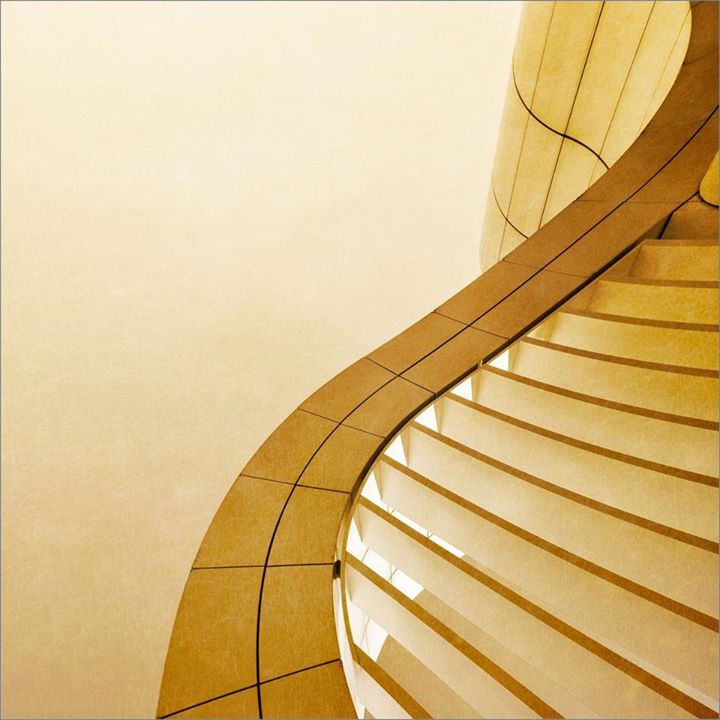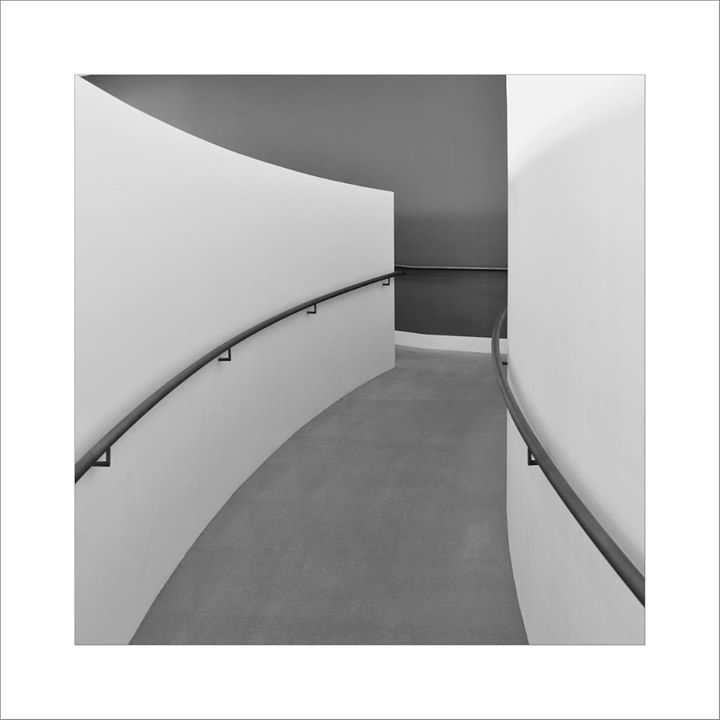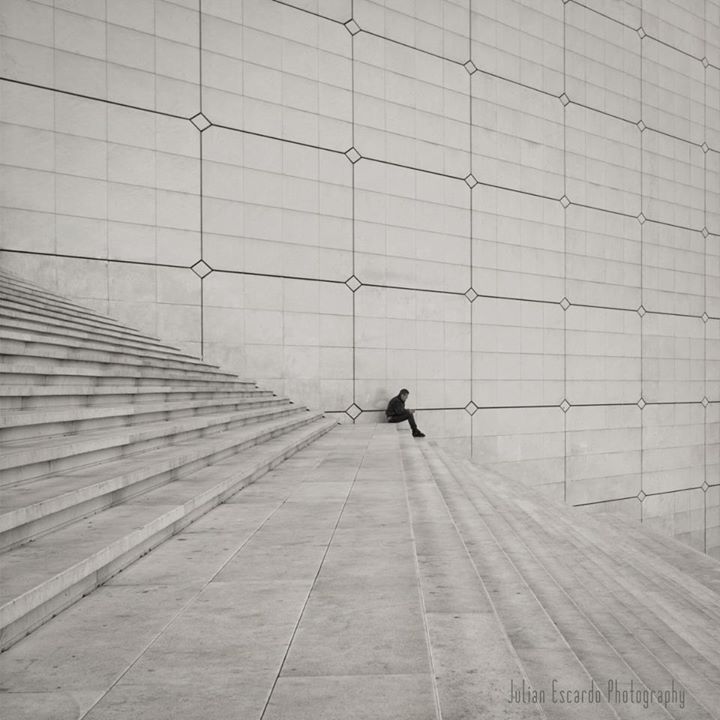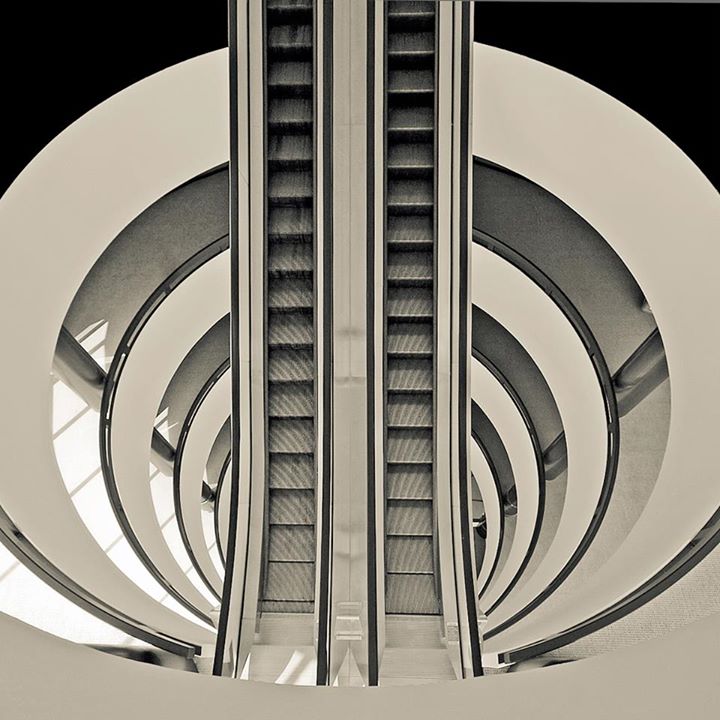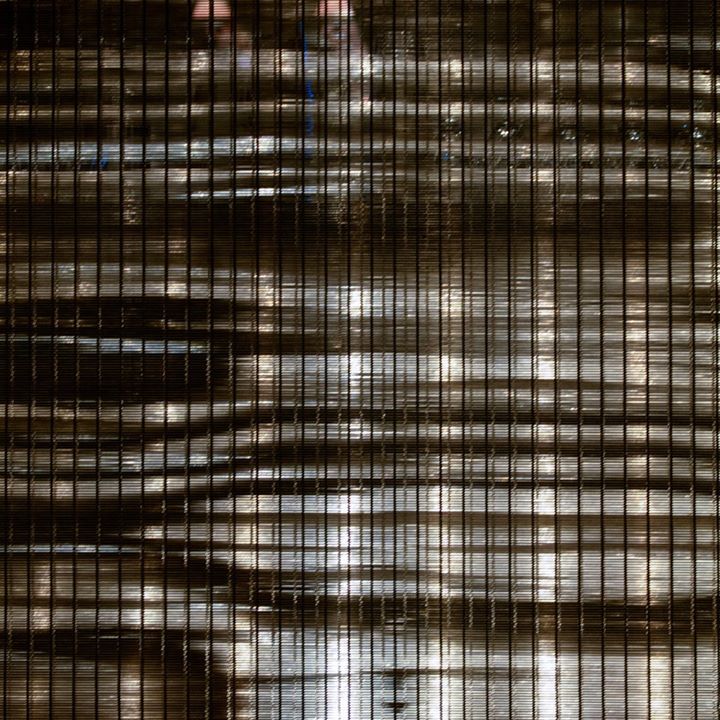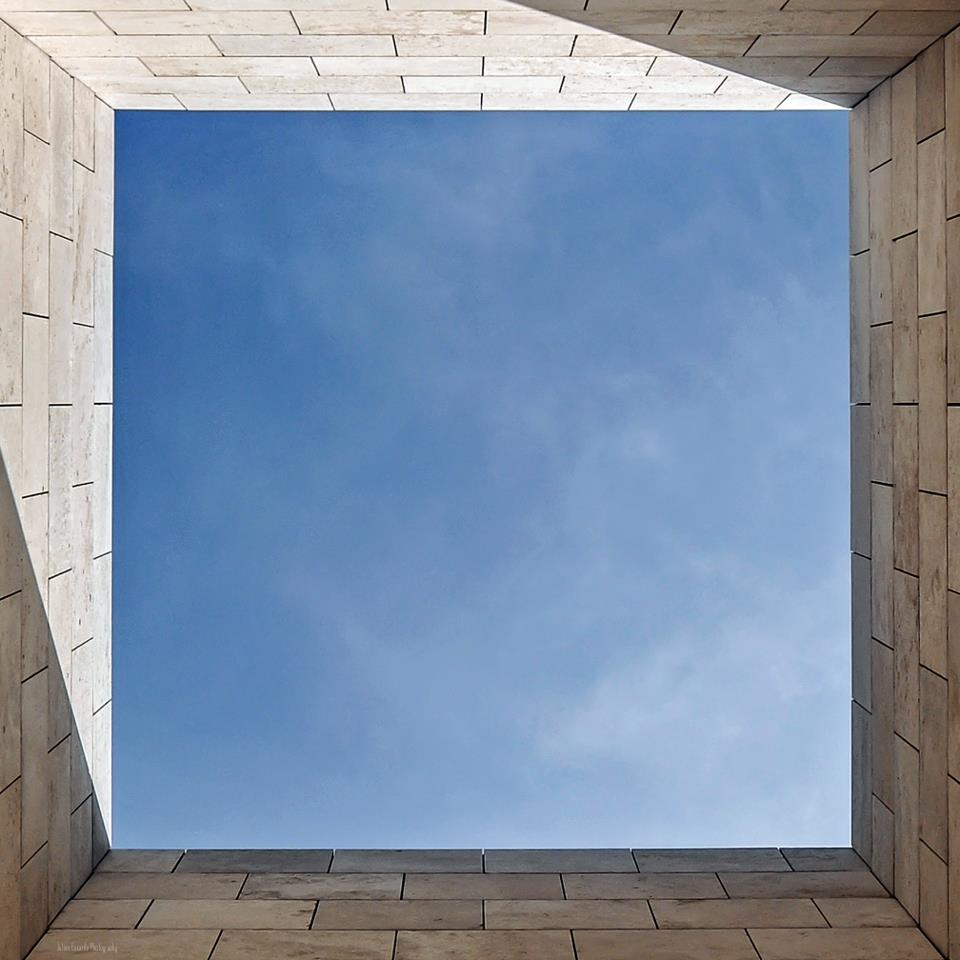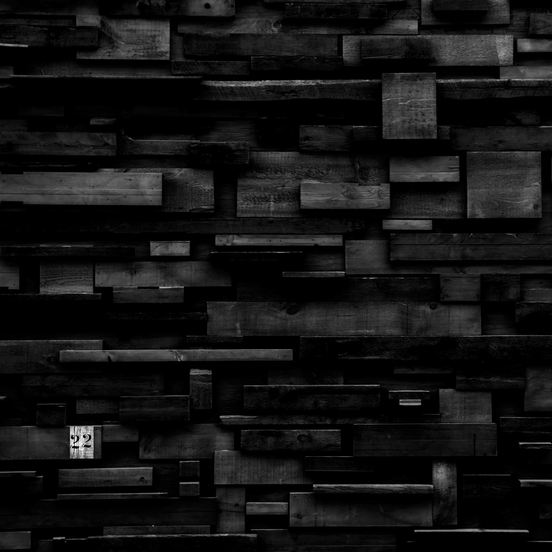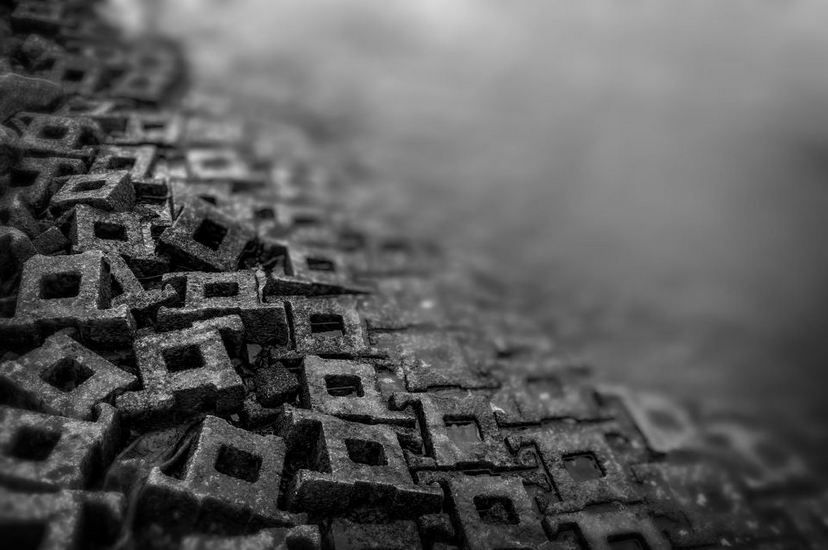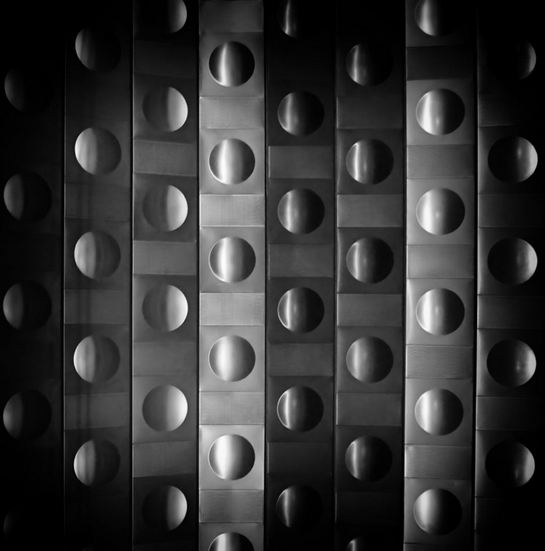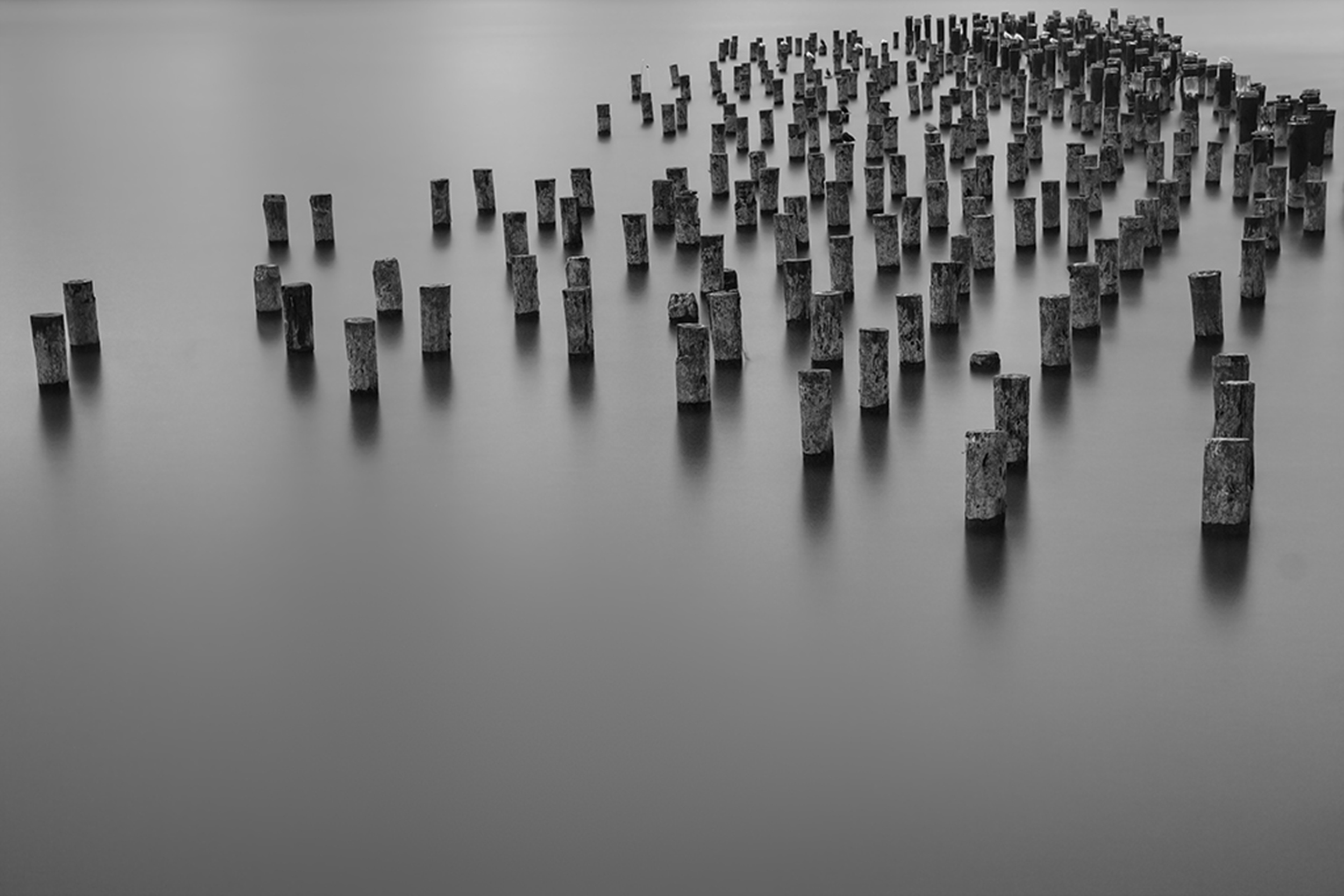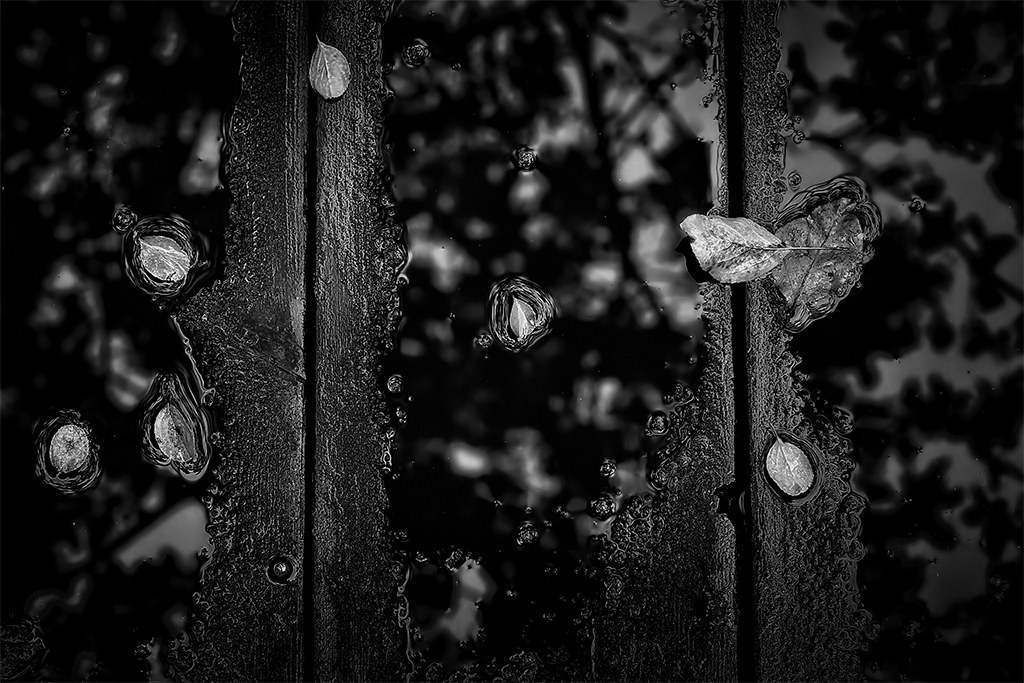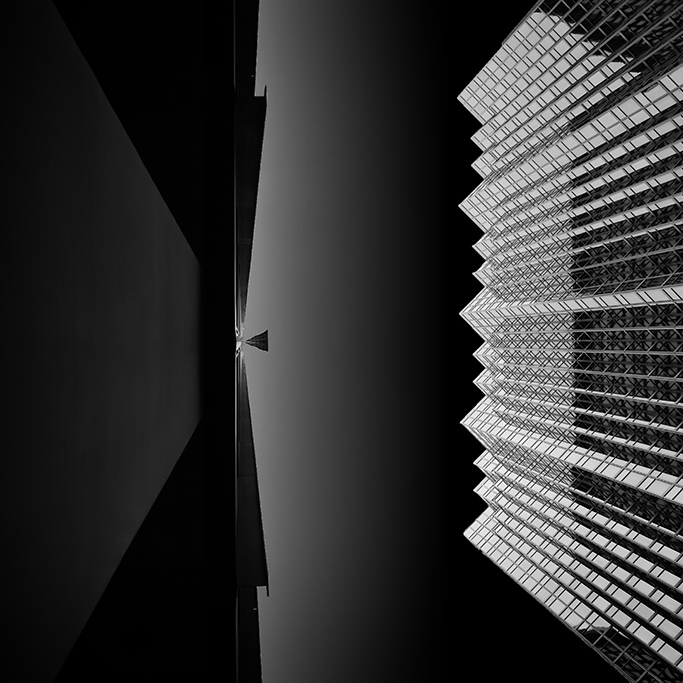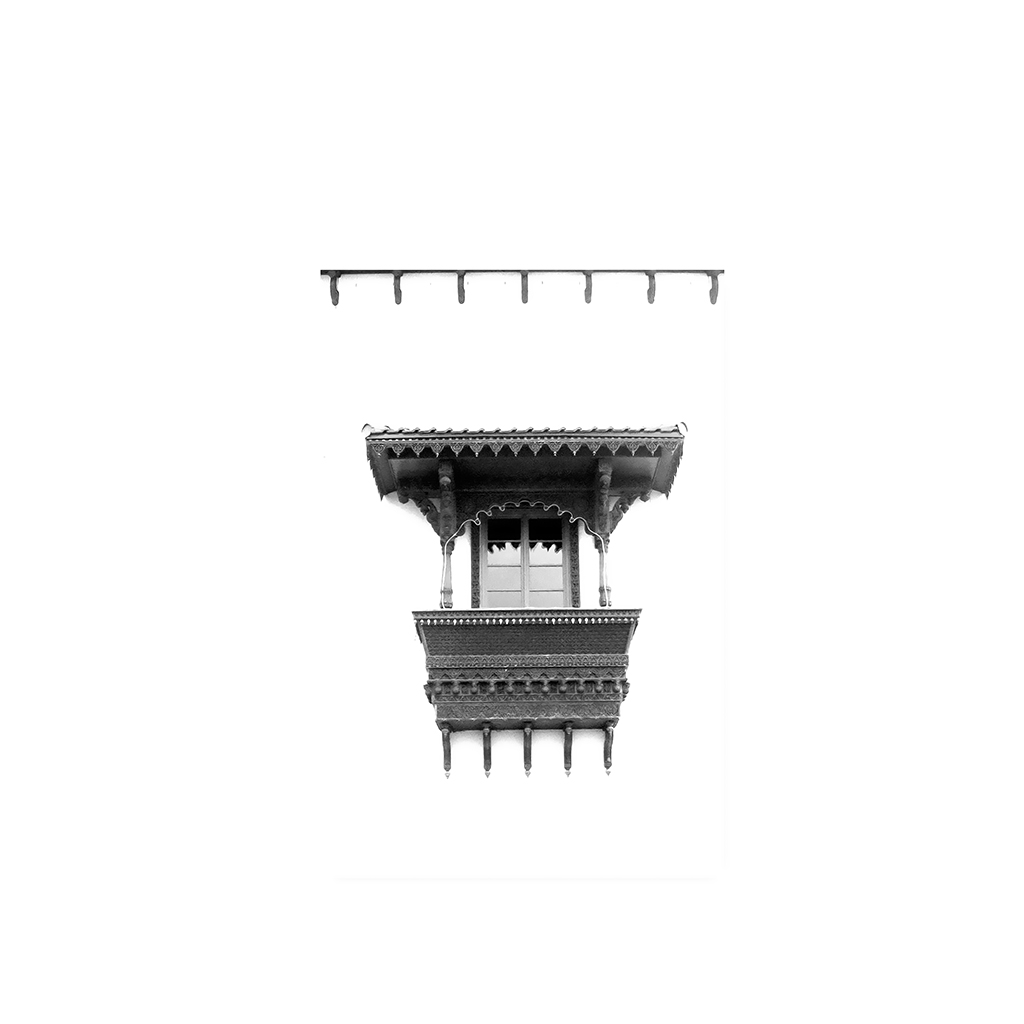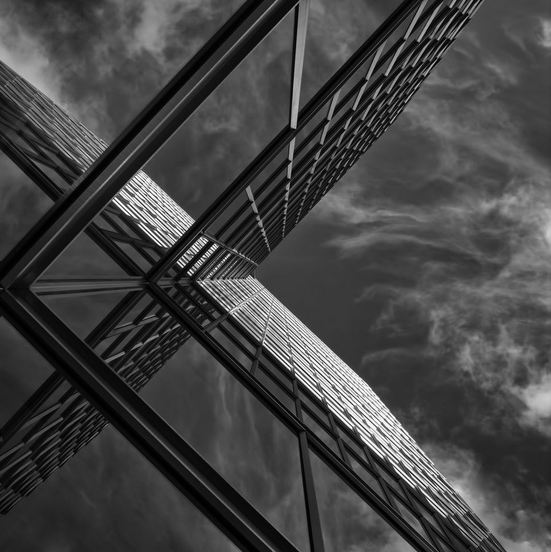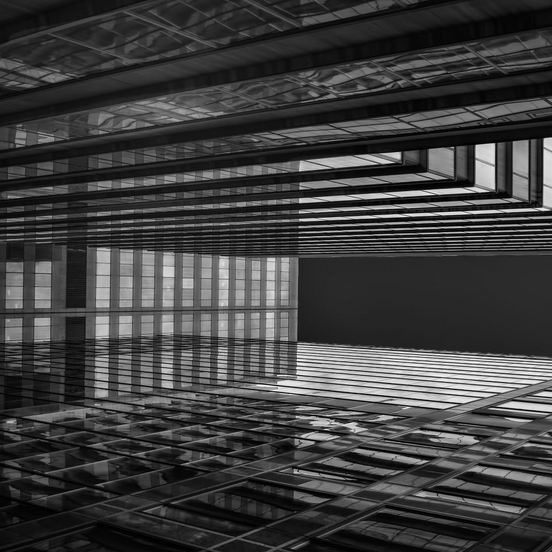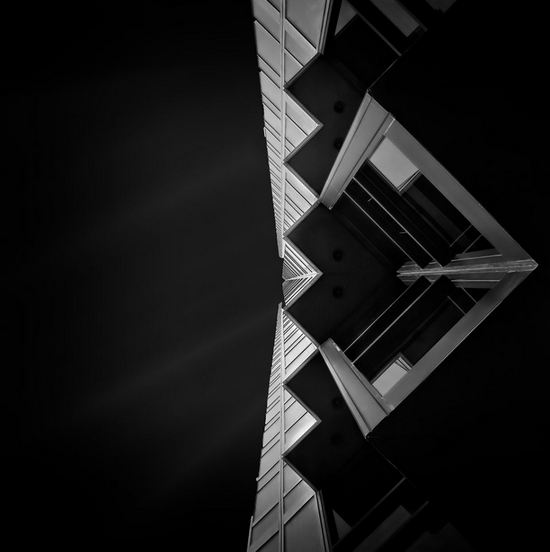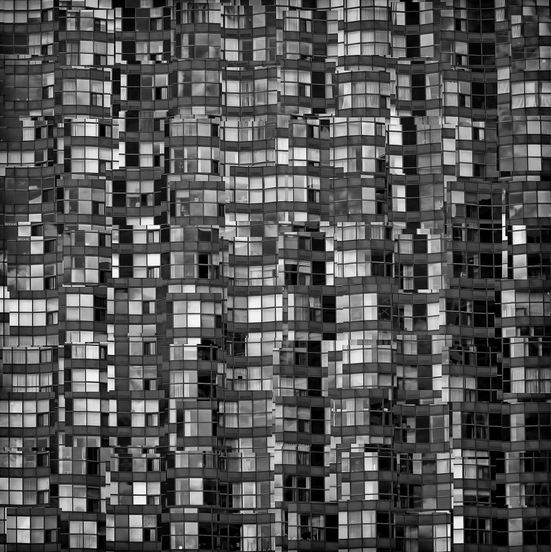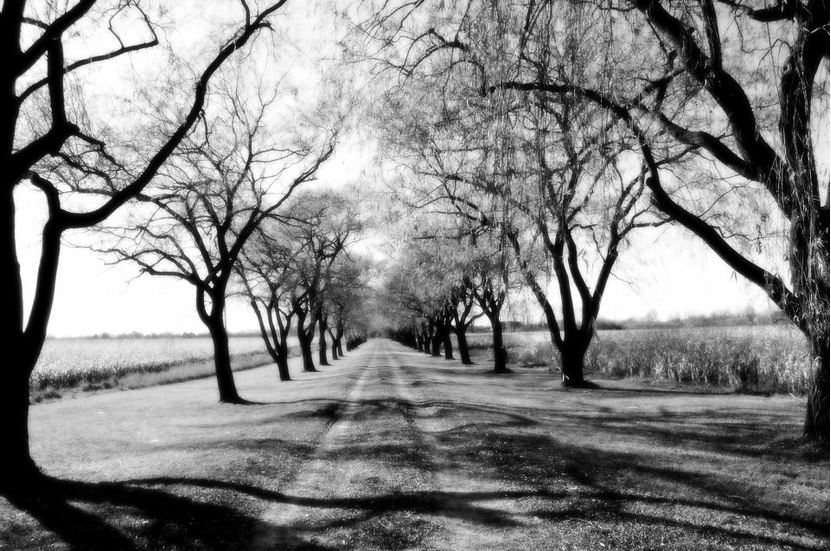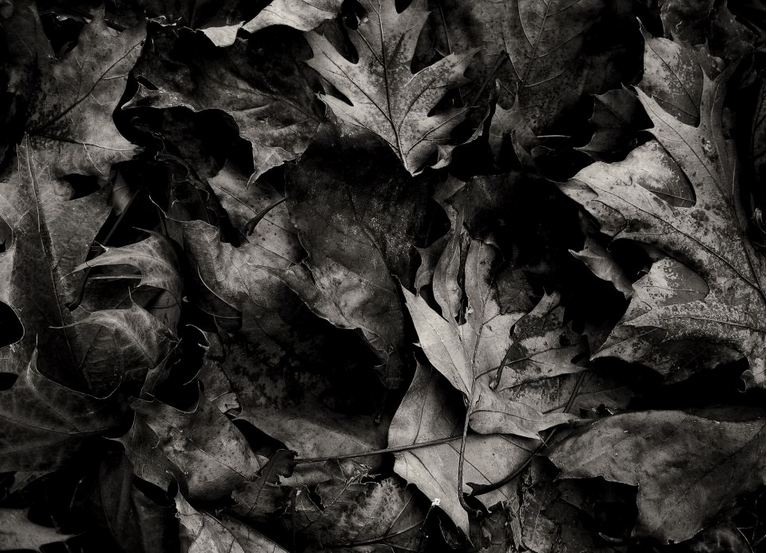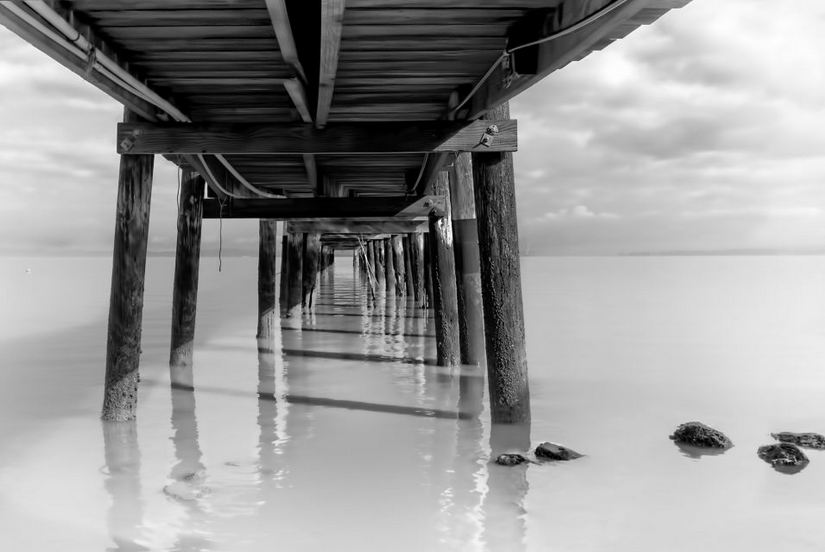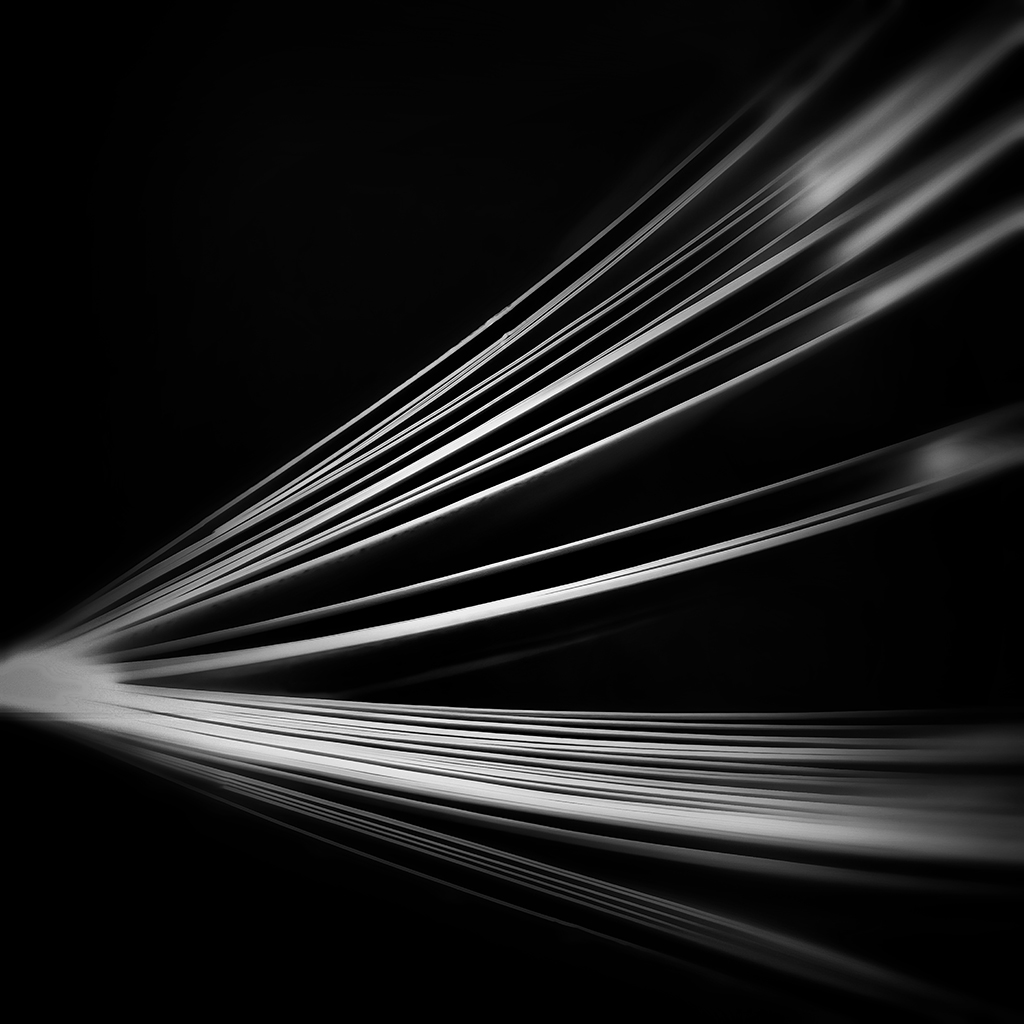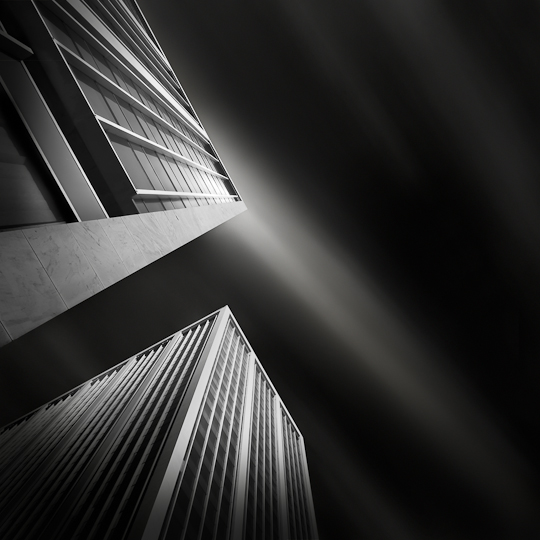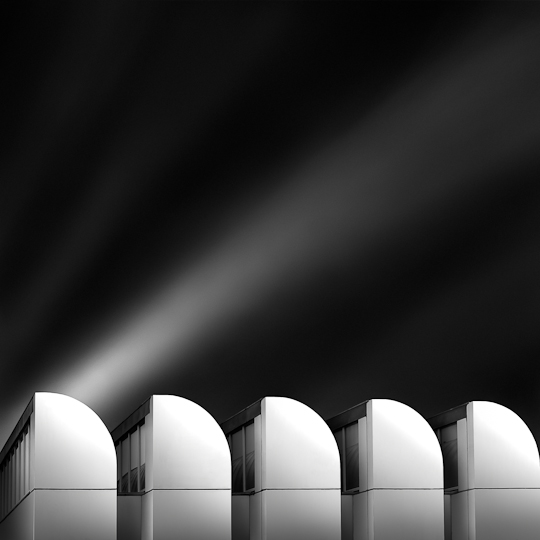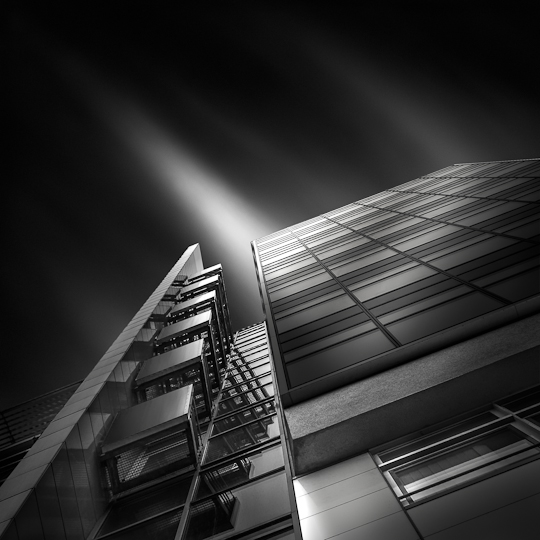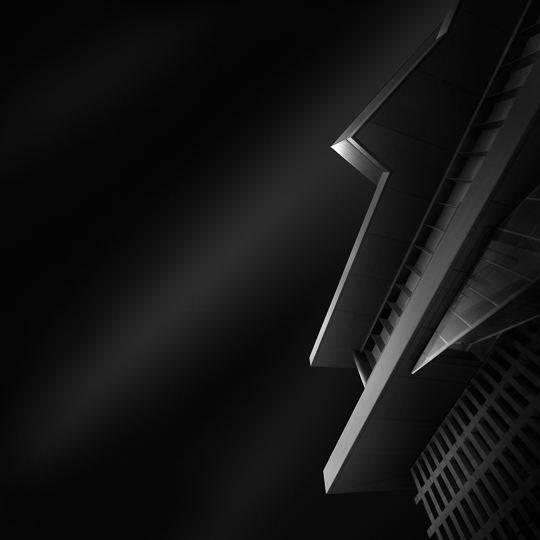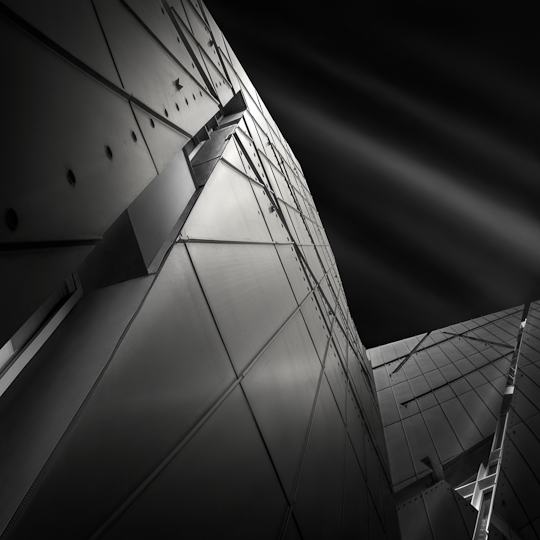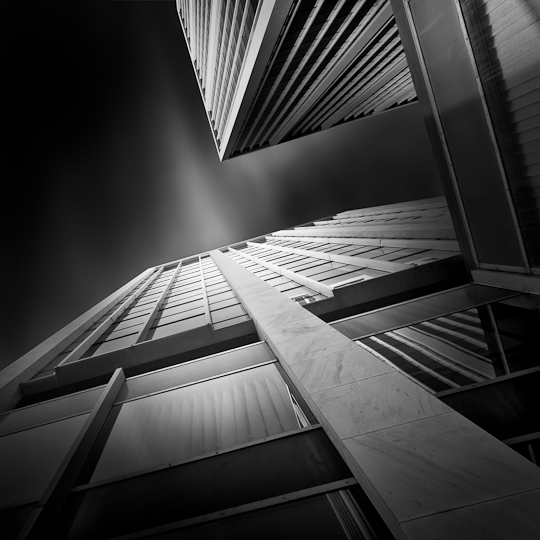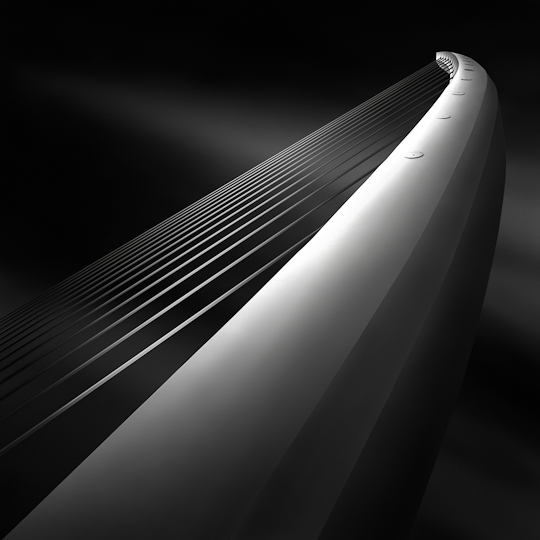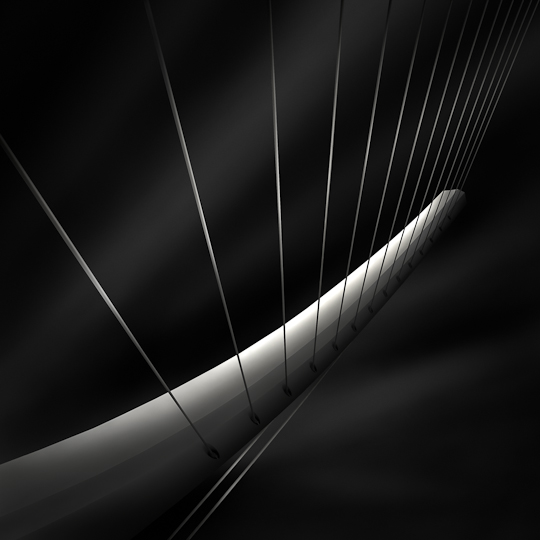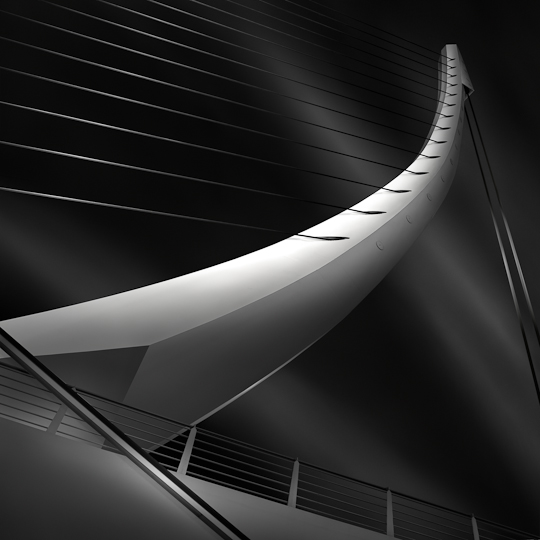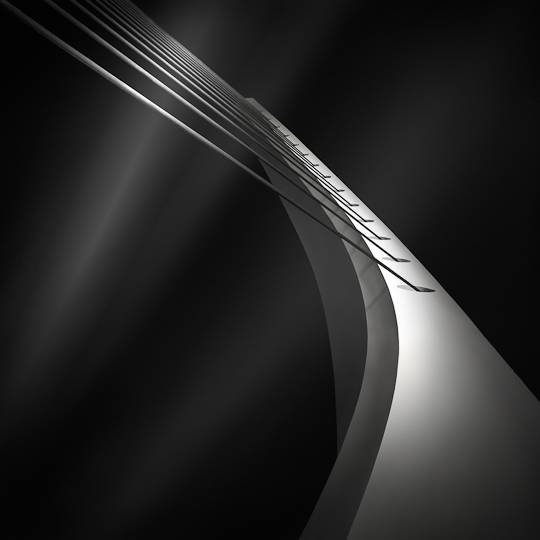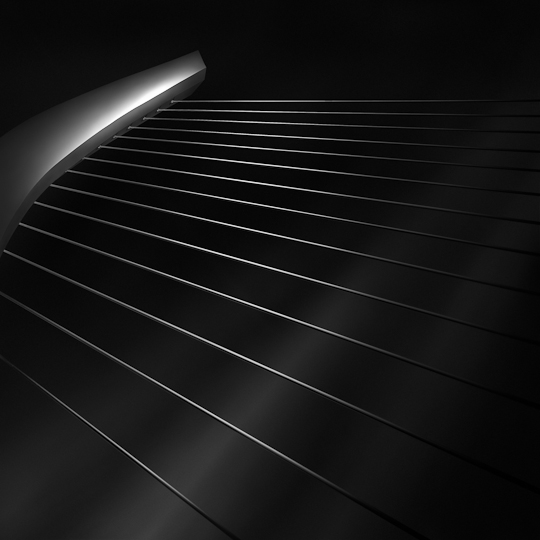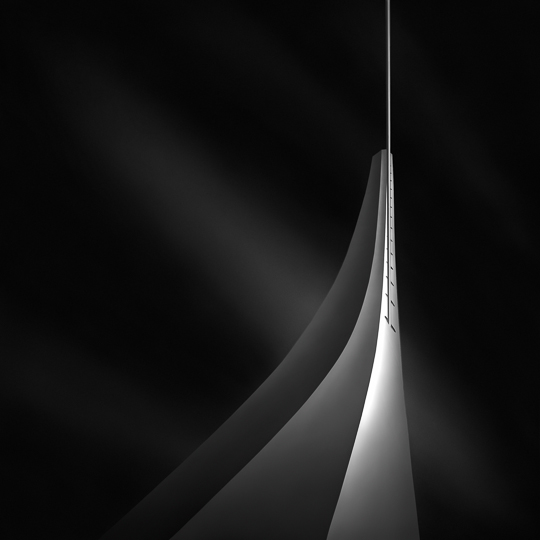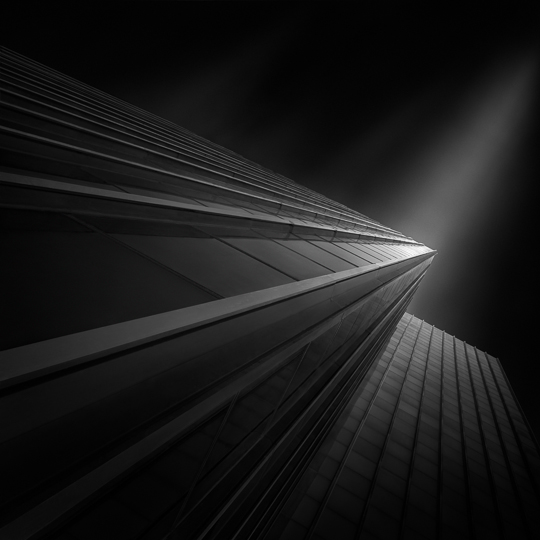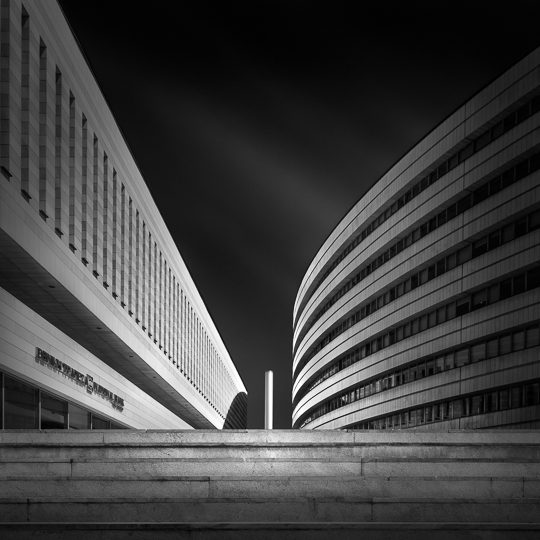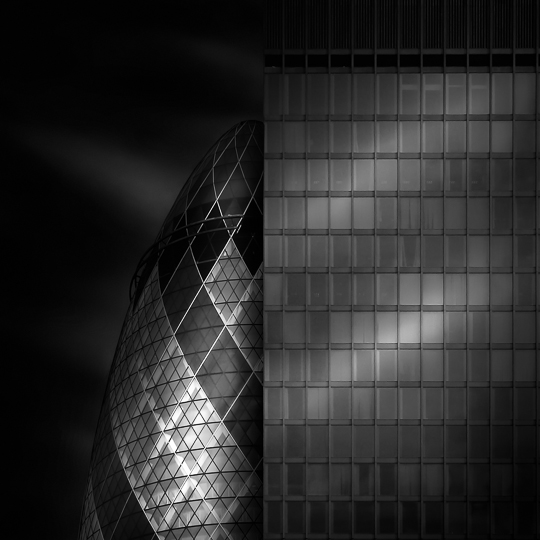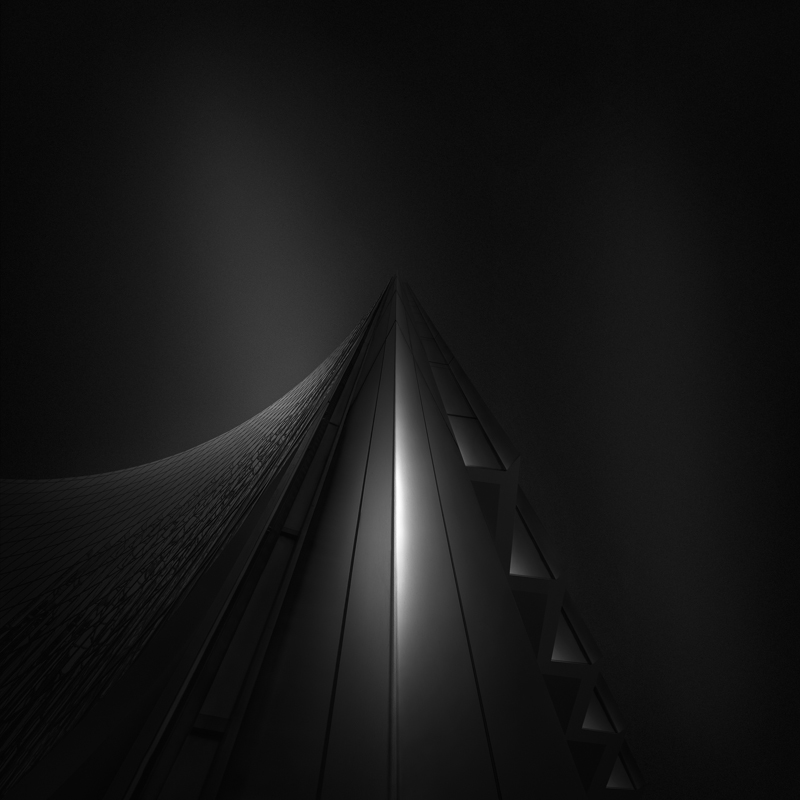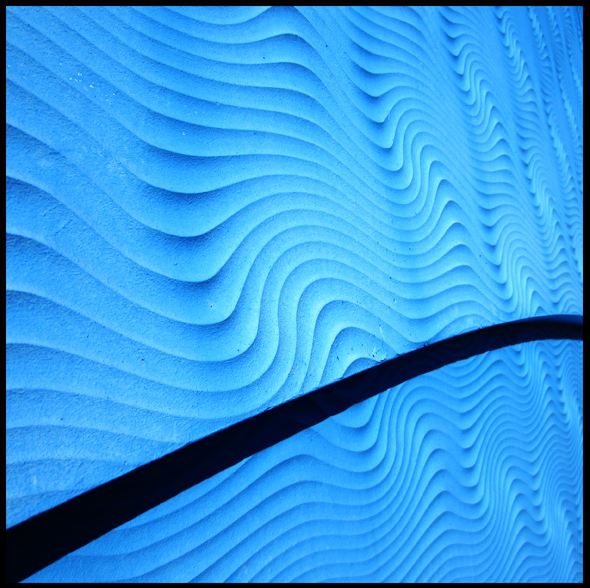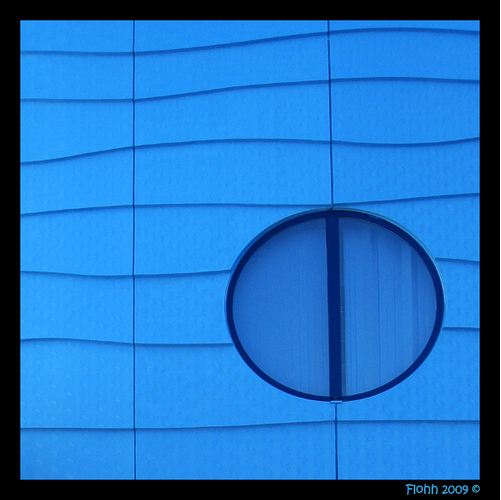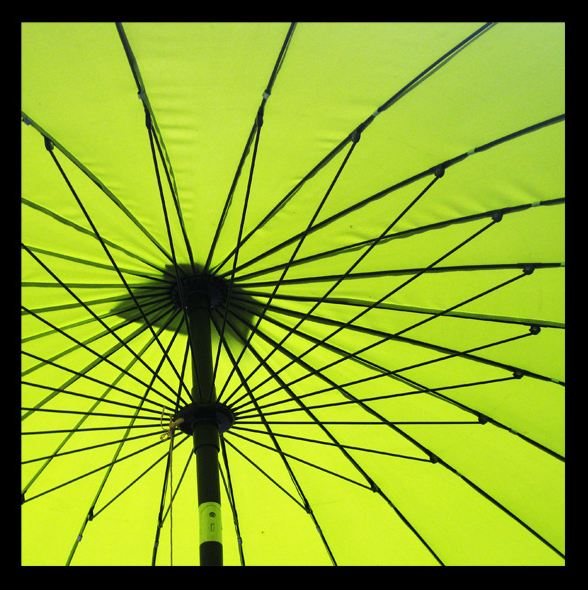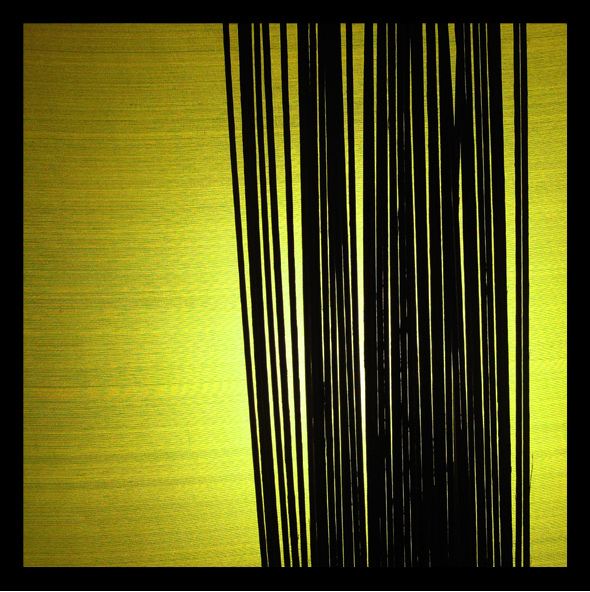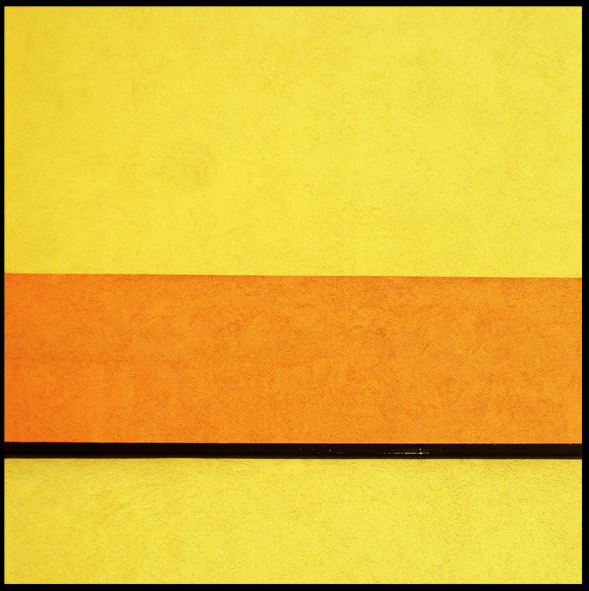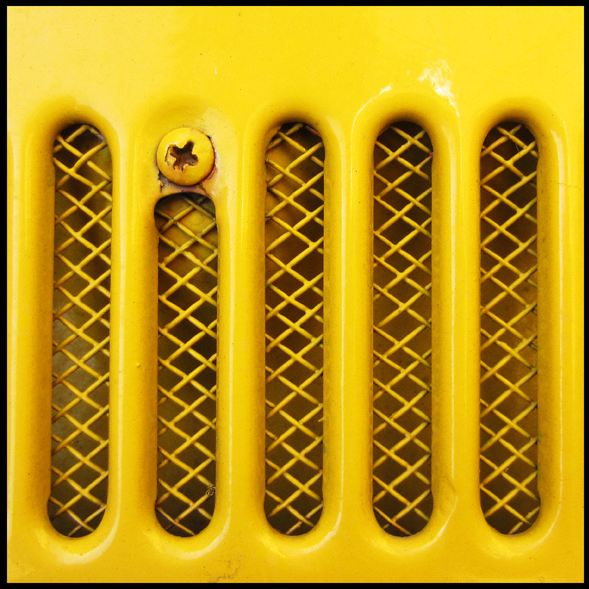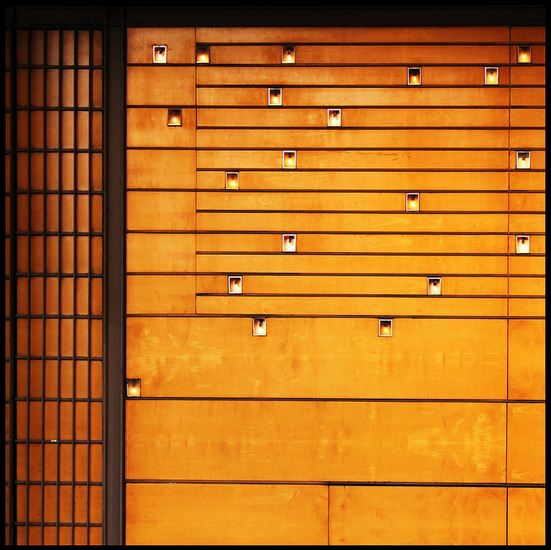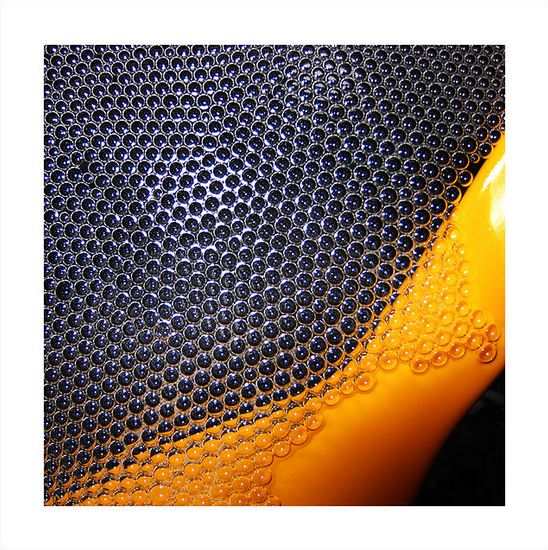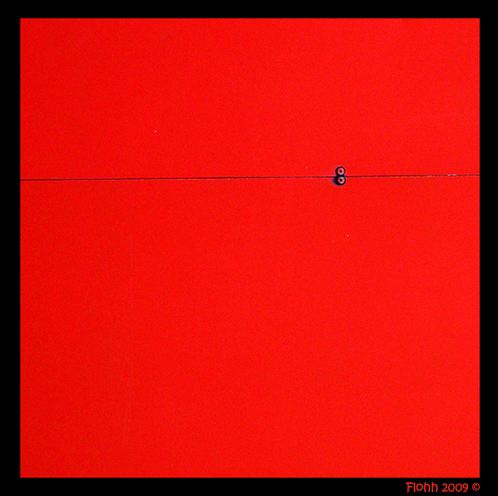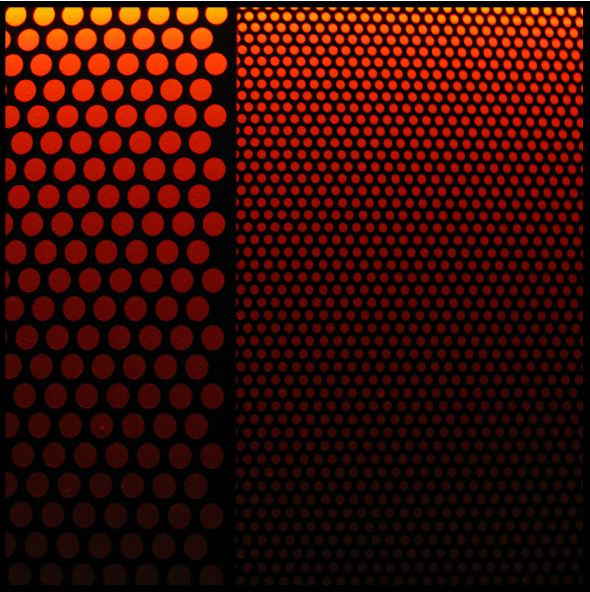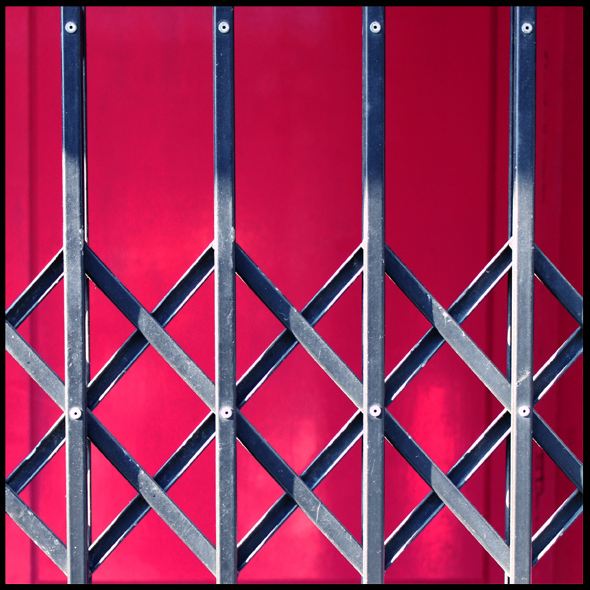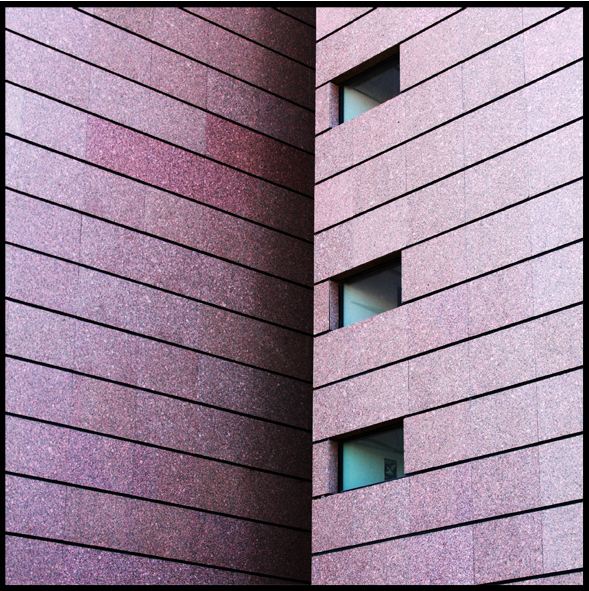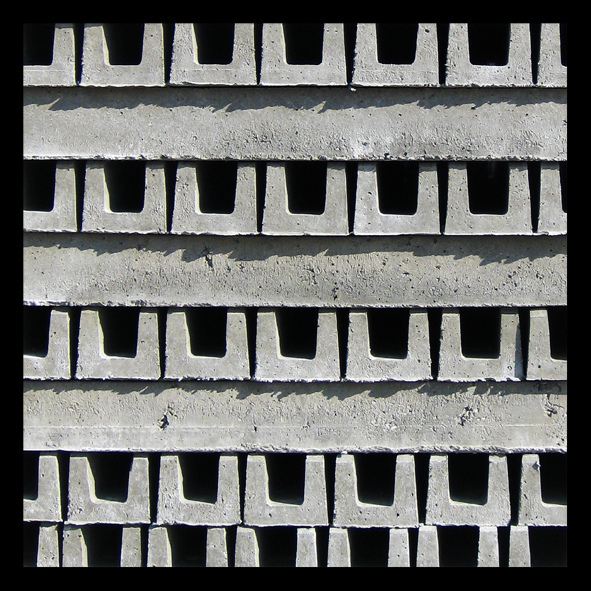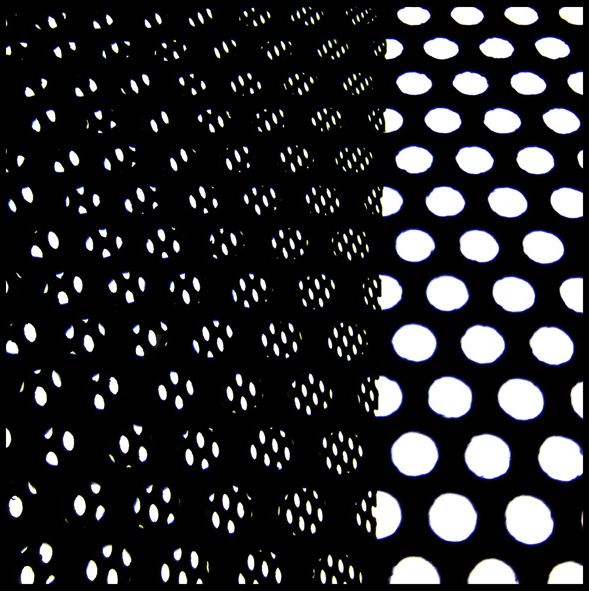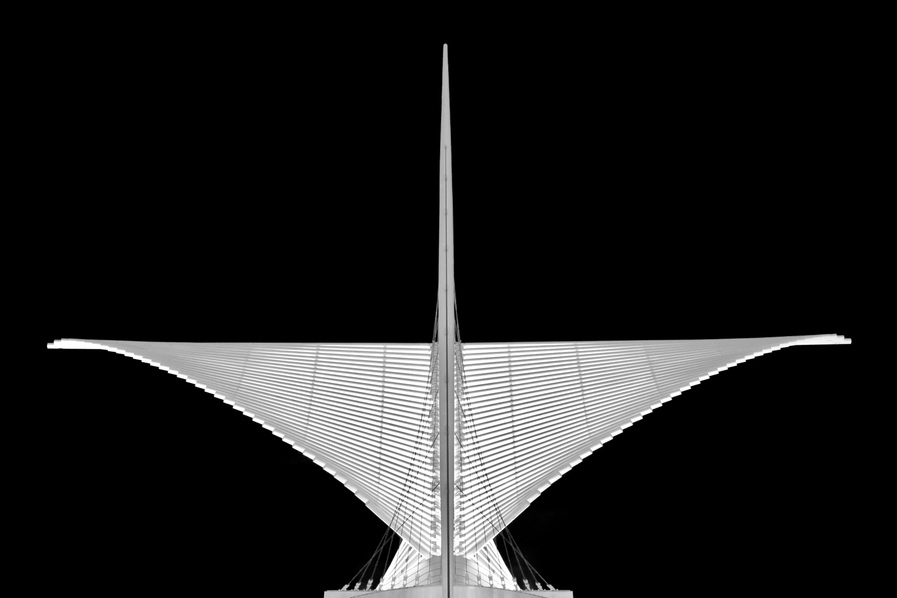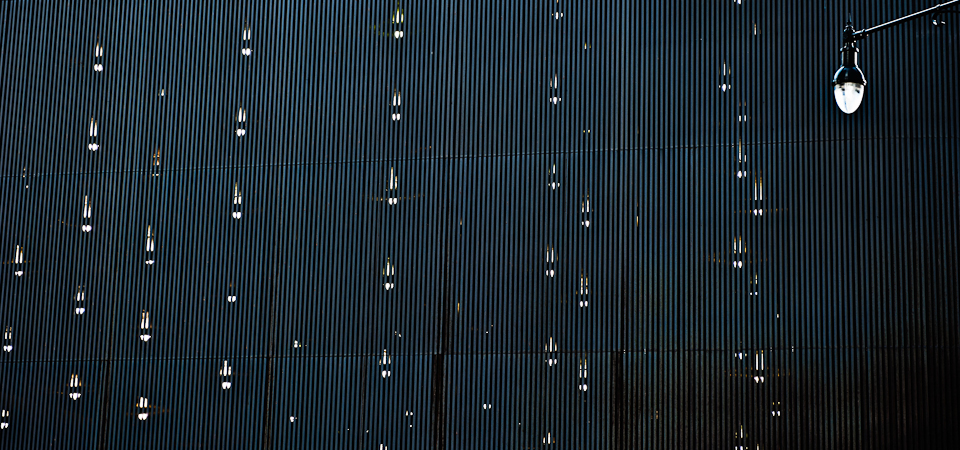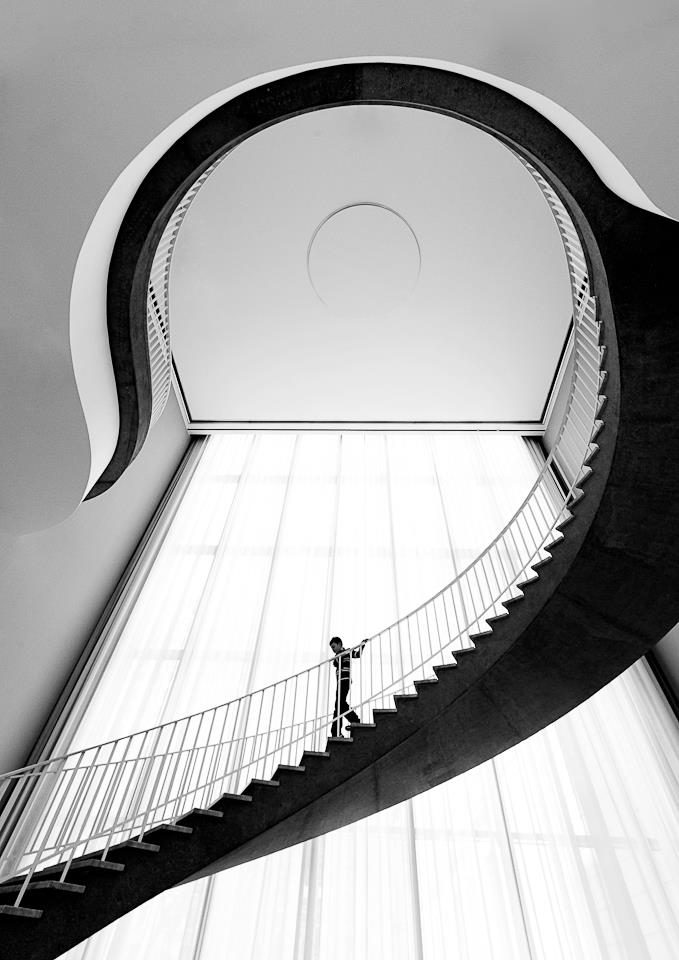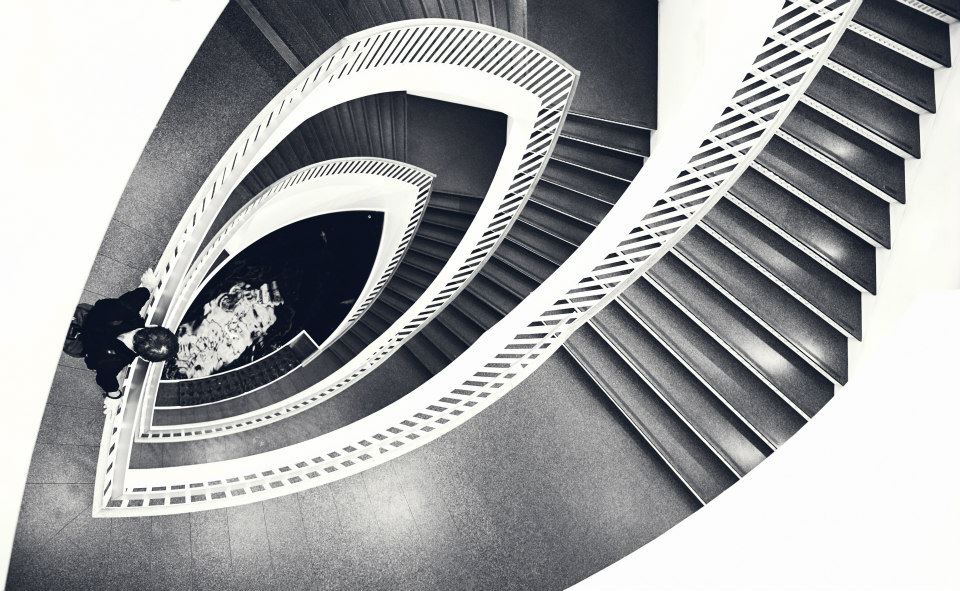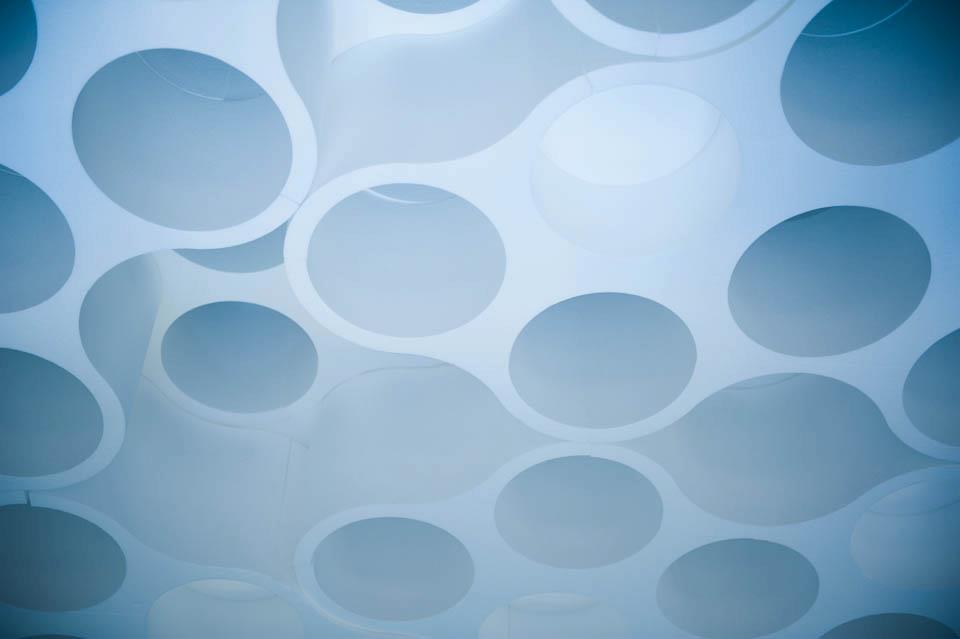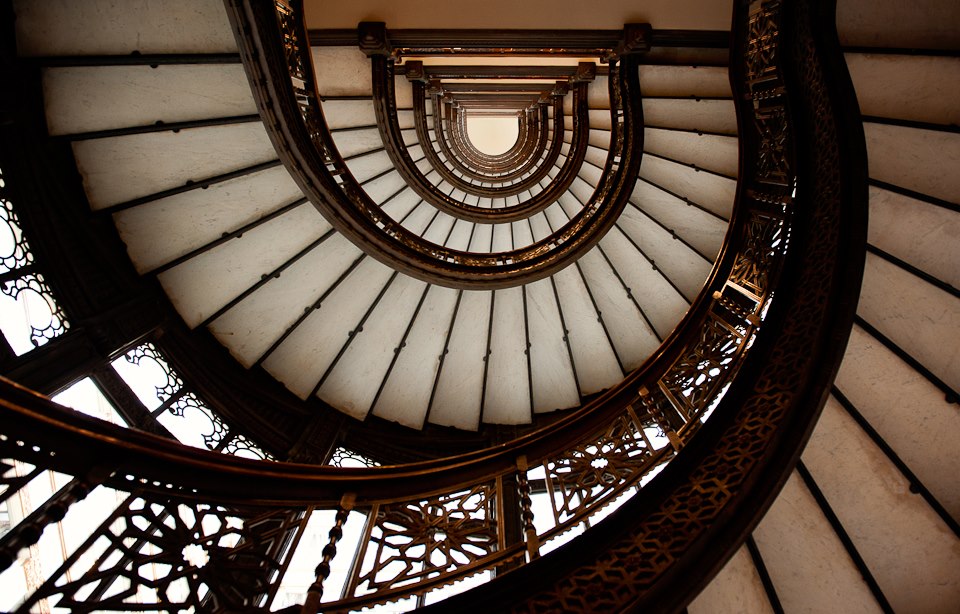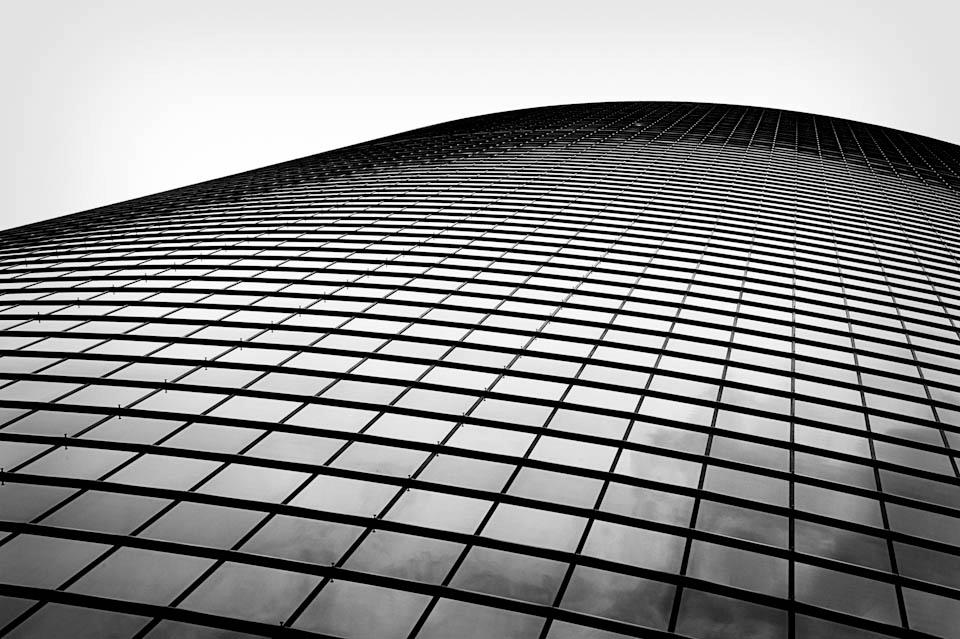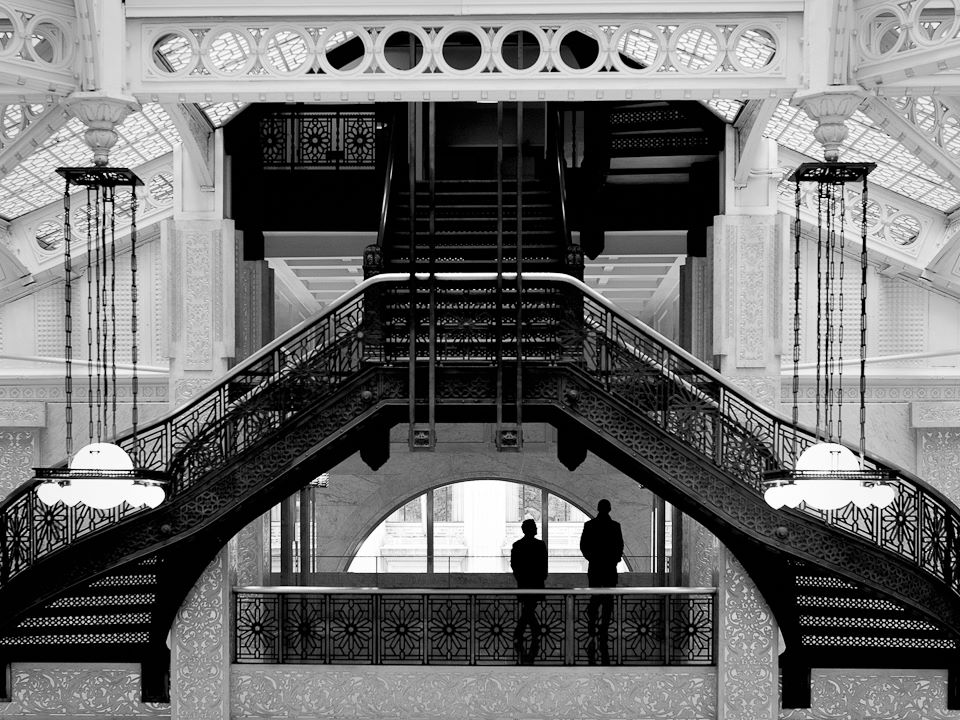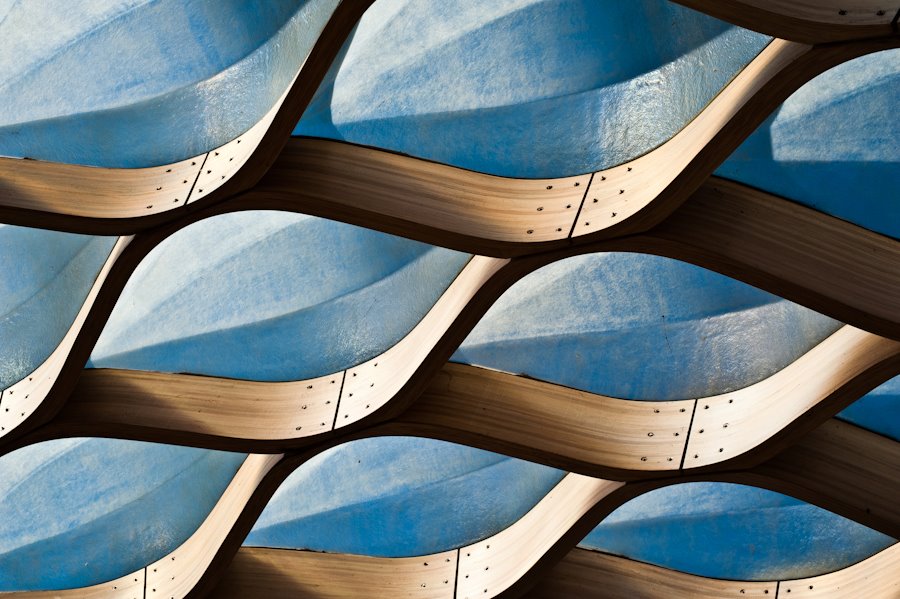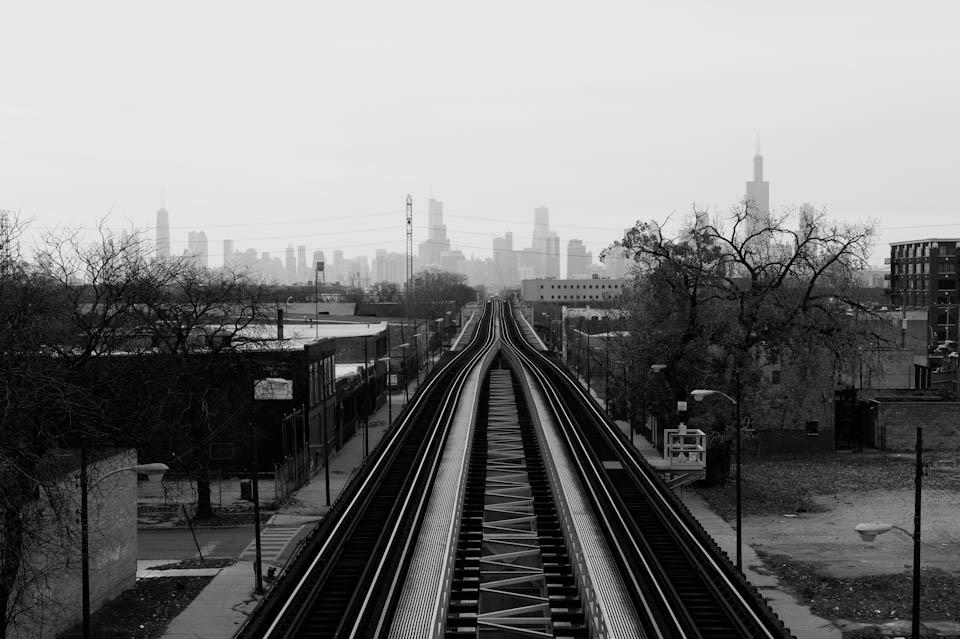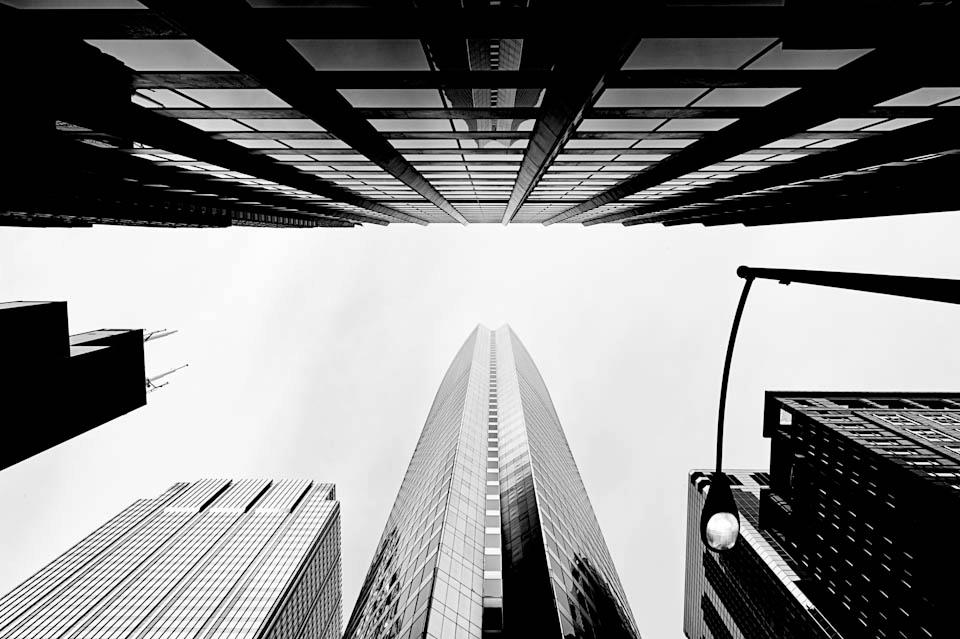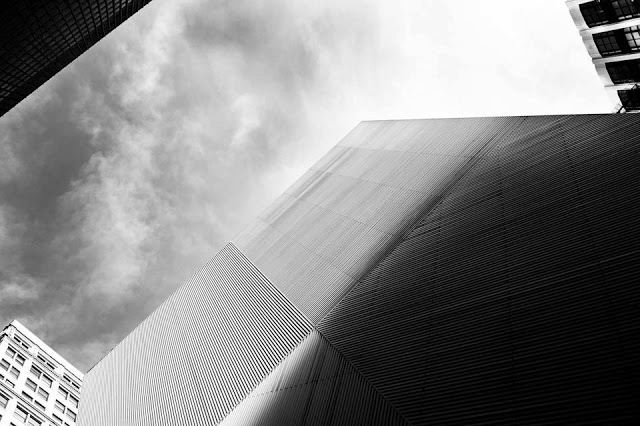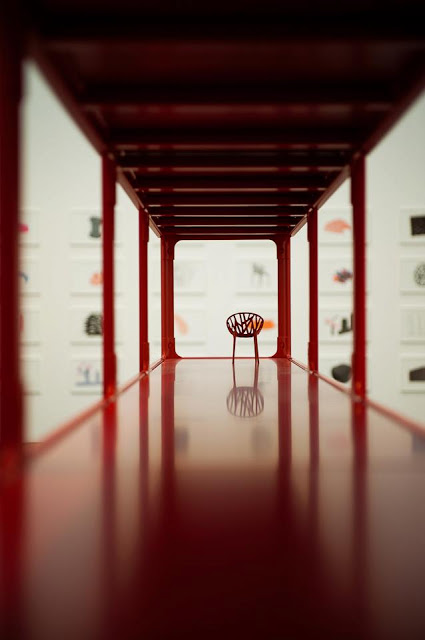13
2014
What kind of equipment (camera body, lens, filters, flash, tripod, cleaning equipment other) do you use?
I shoot with a Canon 6D body; and use Canon 17-40mm f4 L, 50mm f1.4, and 70-200mm f4 L lenses; Cokin ND8, graduated ND4, and circular polarizing filters; a Hähnel shutter release; Velbon Sherpa tripod; and Lowepro Messenger and Trekker bags.
What do you like and dislike about your equipment, specially your camera, and how would you improve it?
I like all my gear – I feel that it serves my needs well. The 6D is a fairly new purchase, but I think it’s a great camera for its price point and quality. The only change I would make to my gear, maybe, would be to pick up either a 24-70mm or 24-105mm f4 L lens – to help fill the gap and operate as a flexible, general purpose lens.
What is your favourite lens, and why?
My 50mm is probably my favourite. It’s my newest (and cheapest) lens – but it’s light, fast, and forces me to be more physical in my framing. It’s a great general purpose lens, and works well in urban settings.
When you travel, what is in your essential photographic kit bag?
I usually just pack as much as I can – making sure that I have enough power and memory for the trip.
What kind of software/tools do you use for post-processing, if any?
I use Lightroom for general import/export, organization, and processing – and Photoshop for more intensive work.
How long have you been taking photographs? How do you find inspiration? How do you take your pictures?
I’ve been taking pictures for over 12 years, but only seriously in the last 2-3 years. I find inspiration in both natural and urban environments – but have been focusing primarily on architecture and urban landscapes. I take pictures in a variety of ways. Sometimes, it’s simply being in the right place at the right time (and having your gear with you) – and other times it’s the result of deciding on a particular subject matter or a theme, researching locations and shooting positions, waking up early or staying up late, battling weather, and then just waiting for the right time to release the shutter.
Which style of photography do you like the most, and why?
I really enjoy architectural work. In a previous life, I was a graphic designer – and have a fondness for seeing things broken down into grids and presented in simple expressions of a more complex whole. That said, it’s hard not to be blown away by the natural landscape and the endless supply of beauty that exists all around us.
What goal are you working towards within your photography and when will you know you have reached it?
My goal with photography is to continually grow and refine my skills and body of work, with the intention of making a career out of shooting architecture – whether it be for firms, designers, developers, etc. I’ll know I’m there when I have to start turning down work, or hiring help. Fingers crossed…
Looking at your own work, which piece is your favourite? Why? Please provide a link to the picture.
I try not to have favourites, particularly with my own photography. That said, I’m quite happy with how my ‘Venezia’ works turned out. Not only is it great to visit new places, but it opens your eyes to new environments – everything is new. Both series of ‘Venezia’ works can be found on my website (http://www.corystevens.ca/).
Does your work fit into any one or more distinct genres (nature, landscape, long-exposure, black-and-white, infra-red, urban, artistic, macro, vintage, vernacular, social, street)? If other, please specify.
Although my focus is currently architecture-heavy – including several architecture-inspired, digital abstract series – I also enjoy being in nature, shooting landscapes, waterfalls, etc. I currently don’t like the idea of limiting my work to one or two particular genres, because I still enjoy the freedom of being able to do what I want. Photography, for me, is primarily a creative expression – so I don’t want to restrict my work to the confines of a particular genre, at least right now. That said, I understand the benefit of having a signature look and feel to one’s work – and I expect that my position on this may change over time.
Are there any photography websites that you visit regularly?
Behance (http://www.behance.net/) is a great place to see lots of amazing work by contemporary photographers, as is 500px (http://500px.com/). I also like Faded + Blurred (http://fadedandblurred.com/) and Resource Magazine (http://resourcemagonline.com/) for their content. But these are only a few of the many publications that I follow and participate in.
What is the one most important lesson that you have learned since you started taking photographs?
Photographs don’t take themselves – you have to get out there and make it happen.
And finally, what other interesting photographers would you like to see in this blog?
The list is too long. Behance is full of great photographers – I would look there first.
Cory Stevens Photography
17
2013Francesco Pallante Photography
http://www.flickr.com/photos/isco72/
What kind of equipment (camera body, lens, filters, flash, tripod, cleaning equipment other) do you use?
The thing that fascinates me less of the photography are the technical issues: I’m interested in results, not in instruments! For this (and – I admit – for the money …) I’ve never had cameras beautiful and sophisticated.
I’ve always used a very simple equipment: I started shooting with a digital compact camera from Kodak (the Easyshare C330); then I moved to a bridge of Panasonic (the Lumix DMC FZ-18).
If I had to change my equipment, I would choose the most advanced version of the camera that I have (currently the Lumix DMC FZ-200). If I were to buy a DSLR, I would choose the least expensive among the full-frame (currently the Nikon D600).
What do you like and dislike about your equipment, specially your camera, and how would you improve it?
The Panasonic Lumix DMC FZ-18 has two major advantages: the very limited space and a powerful telephoto lens. The two features are mutually reinforcing, because to have the same flexibility with a Reflex you should carry a very heavy bag.
The main drawback is the low performance in low light and the absence of a true wide angle.
What is your favourite lens, and why?
Consider the previous answers, I can not answer this question.
When you travel, what is in your essential photographic kit bag?
When I travel I prefer to be light and mobile: this is, for me, the main reason (besides the economic one) to choose a bridge instead of a DSLR. Indeed, sometimes even my camera appears to be too cumbersome and I think I should replace it with a compact high-end …
What kind of software/tools do you use for post-processing, if any?
I am not opposed to post-production. As I said, I’m interested in the result and I think that everything is permissible to achieve it.
For my post-production I use Photoshop and The Gimp: the first one in particular to address the quality of light and color, the second for the correction of lines (essential for those – like me – does a lot of photos of geometric architecture and doesn’t use a tilt!)
How long have you been taking photographs? How do you find inspiration? How do you take your pictures?
I take pictures from less than ten years, as I have already said my first car was a digital compact camera.
I prefer shooting in urban environments, especially in large, modern city. I love lines, curves, repetitions, reflections, details, color games, … If possible, to complete the composition I try to insert an element of rupture (a tree, a person, a colored element, an irregular reflection, …).
For shooting conditions, the ideal solution for me is to go for a walk alone, without haste, free to be inspired. I happened to find an interesting topic and remain stationary even an entire afternoon waiting the right situation (a movement of light or the passage of the right person). In many other situations, however, I made beautiful photos shooting in a hurry and in suboptimal conditions: these are the times when, at home with calm, the photo editing software is most useful!
Which style of photography do you like the most, and why?
As I said, my favorite subjects are urban geometric landscapes.
In particular, I am very happy when I manage to isolate, in a chaotic and multifaceted situation, some essential elements through which I can create an image that few are able to see otherwise. What is left out of a photograph is just as important as what is put inside and I believe that the secret of a good photo is in this work of elimination.
What goal are you working towards within your photography and when will you know you have reached it?
Difficult question. For those – like me – is a photographer for pleasure, I think that the main reason can only be the pursuit of satisfaction of his aesthetic taste. I like to look at my pictures, I like to watch them on a screen, but most of all I like to print them and, in some cases, hang them in my home or give them to friends who appreciate. When I had the opportunity to do some exhibitions (very few…), beyond the satisfaction in itself I was happy to see so many of my works printed and well presented.
I would say that the result is achieved when, even after a long time, I go back to review a photo: is the evidence that it came into my personal portfolio.
Looking at your own work, which piece is your favourite? Why? Please provide a link to the picture.
Hard to say which is my favorite picture.
This (La Grande Arche: http://www.flickr.com/photos/isco72/2464056384/) was very appreciated on Flickr, but in fact is not very original (there are many like this on the internet, even though almost none of them is very geometric like mine!).
This (Tour Moretti n. 1: http://www.flickr.com/photos/isco72/6140015750/) has many features that satisfy me: few elements of the composition, geometry, colors and irregular reflections breaking the order.
Of this (Balconi in controluce: http://www.flickr.com/photos/isco72/3178924169/) I like the extraction of detail from the context (which makes difficult to recognize at first glance the subject).
Does your work fit into any one or more distinct genres (nature, landscape, long-exposure, black-and-white, infra-red, urban, artistic, macro, vintage, vernacular, social, street)? If other, please specify.
My genre is the urban landscapes.
Are there any photography websites that you visit regularly?
Flickr has long been a good source of inspiration (of course: as long as you know how to look wisely between the mass of photos of children, pets and flowers of your garden …). With the advent of smartphones it seems to me, however, that the picture quality will be further thinned.
The quality is superior in 500px. But the best thing are the sites of the individual photographers that I like.
What is the one most important lesson that you have learned since you started taking photographs?
How important are the others. If I was able to learn something and to have a personal style is thanks to the huge amount of photos of others that I’ve seen, to the advices and – most important – the slating received from photographers better than me.
And finally, what other interesting photographers would you like to see in this blog?
Inevitably, the photographers that most impress me are the ones that are closest to my style: John Kosmopoulos, Julia Anna Gospodarou, my dear Flickr friend Flohh – Florence Huschelrath, Angie McMonigal.
Also very nice are the urban shots of Rui Palha and the minimalism of Gavin Dunbar and Jeff Gaydash.
06
2013Julian Escardo Photography
http://julianescardo.wordpress.com/
https://www.facebook.com/FJEimages?fref=ts
What kind of equipment (camera body, lens, filters, flash, tripod, cleaning equipment other) do you use?
I am a Nikon guy. I currently shoot a Nikon D300 and my chief lens is a fantastic Nikon 14-24, 1:2.8G ED, excellent for architecture. I also have a Sigma 10-20, that extra angle comes veeeeeery handy sometimes, I cannot tell you how many times it got me out of a bind when needing to capture that extra curve or an edge. Oddly enough and due to the type of photography I capture I don’t own a tripod; I do all my work hand held, though I brace my body as a tripod or control my breathing when shooting straight up or in tight spaces. I never lie down of the floor as it has been suggested. No flash or filters for the moment. I will get a tripod soon when I can afford one, it is stupid not to have one.
What do you like and dislike about your equipment, specially your camera, and how would you improve it?
Oh this is a good question….my current camera is great, that’s all I can say. If anything I am grateful to have it. But, I bought it just before the D700 came out and I really miss the full frame feature. I guess if I had to start again today I would go with a smaller Leica, perfect lenses too and not as menacing as the big SLRs, especially because I attach the double battery/grip and that makes it huge. I’ve been kicked out of several places and I think it is because the image big equipment portrays is that of ‘being up to something’. Same for people, they scare people too.
What is your favourite lens, and why?
As mentioned, the 14-24 – fast and reliable (heavy!!). I would love to experiment with a good fisheye. My next lens if I stay with this general configuration will be either a prime 135mm or a 24-70 to begin working on some street photography and details.
When you travel, what is in your essential photographic kit bag?
Camera body, main lens (already mentioned), also the sigma 10-20 and I pack a very old 50 mm, 1.8, manual focus. I love this last one for artistic details, compos requiring depth of field, plain having to move into position to frame, etc. I always pack a cleaning brush pen and a large microfiber cloth. I can’t tell you how many times I grab the lens thinking the cap is on and I put a finger smudge on the glass. And anyone that says they haven’t done that is full of crap.
What kind of software/tools do you use for post-processing, if any?
Lightroom 5 and PS Elements 11. That’s it. I am very basic when it comes to processing. I try and stay pure and focus on my basic style; yes I dodge, straighten a bit and color/tone correct. All I can say is that I shoot photos, not layers, if you know what I mean, so when I go to the ‘lab’ all the basic structure is there and I don’t have to clip but crop, or replace, transport, borrow skies or add elements that were not there to begin with. If it is cloudy and you need blue skies you come back, period, old school style…if the light is not good you take a break and come back later. With all we have a our disposal that may sound stupid but it is that kind of old fashioned approach that makes it gritty and exciting, I love the process, and the results are the results and they are true.
How long have you been taking photographs? How do you find inspiration?
I have been taking photographs since 2006, but I did a stint in the late 70’s with two great Canon cameras, first the AT1 and then the AE1, I loved it and them. I shot landscapes in Canada, mostly winter scenes. TriX film 400 bw, had my own enlarger, the Ilford paper, etc. It lasted one full year and then bam! I sold all my gear and never looked back, I needed the money, I was getting married, etc., but the bug was always there to come back one day. I had to wait I guess. I came back during a big change in my life, I needed to adapt to coming back to LA after many years of being absent. I bought a D50 with whatever lens came with it (18-55) and I went out to take pictures, compartmentalize the city, break it down to begin relating to it once again. One day I turned a corner, downtown, I was suddenly face to face with Frank Gehry’s Disney Concert Hall, I was immediately hooked, I had found architecture, geometry, lines, sensuality, form. I chose digital this time around. Yet, I’m looking for an AT1 at the moment…for old time’s sake.
How long have you been taking photographs? How do you find inspiration? How do you take your pictures?
It is everywhere! otherwise I walk and walk and walk. When I visit a building I like I try to sense it, I walk it first, I pretend I’m strapped to the architect’s pencil when he drew the first drafts. I take my time. Then I take a few shots to begin extracting the essence, understand the language, capture it’s elegance.
I take my photographs any way I can…..Mostly I stand and look straight up. By the time I take the camera to my head I already have the image composed. I do square format so when I take control of the camera I have to factor in that crop, not always easy.
Looking at your own work, which piece is your favourite? Why? Please provide a link to the picture.
hummmmmm, probably the hardest question to answer. I did a Disney Concert Hall piece in LA, my favorite building thus far and the one that is responsible for my love of architecture and forms. Here’s the link, it is totally abstracted and even has a light texture, an unusual POV for that building and I couldn’t even look through the viewfinder to take it because there was a wall in front of me so I raised the camera and shot blind. I love the harmony, the negative space.
Does your work fit into any one or more distinct genres (nature, landscape, long-exposure, black-and-white, infra-red, urban, artistic, macro, vintage, vernacular, social, street)? If other, please specify.
My work fits into two categories I guess: architecture and abstracts, with many of those abstracts being architectural abstracts. My work fits into the category of Architecture, Black and White, Geometry, Urban, Artistic and Design…at the risk of sounding silly.
Are there any photography websites that you visit regularly?
Yes, I cruise the internet to view the work of other photographers, read blogs, and stay current, get inspiration. The sources are so varied it would be unfair to name just two or three.
What is the one most important lesson that you have learned since you started taking photographs?
My most important lesson when taking photographs? Oh well, the same as in life, listen and be ready. After that, focus, be yourself, don’t gamble yet take chances, feel your surroundings, use all your senses and be safe. I can’t tell you how many times I could have fallen from a height or gotten killed by oncoming traffic. I shoot alone like most photographers so I have no one to warn me when I go into a trance and start photographing if I’m walking backwards and risk losing my foothold. When I get in the groove I forget to eat, go to the bathroom, or drink water. I am one with my subject and nothing can disturb me.
10
2013John Kosmopoulos Photography
https://plus.google.com/105209854925481789028/posts
http://www.stark-magazine.com/member/johnkosmopoulos
What kind of equipment (camera body, lens, filters, flash, tripod, cleaning equipment other) do you use?
First, I would like to thank you for the great honour of being part of “Interesting Photographers”. To answer your question, I am one of those photographers that believe in a minimalist philosophy when it comes to photography although I love the tools and toys of photography. As we all know as photographers, the best equipment does not guarantee the best results. Creative and interesting photography requires a creative photographer and not necessarily varied tools to cultivate what I call “oramagraphy” (Greek for “vision drawing” similar to photography as “light drawing”), a personal and unifying vision in one’s photography that may lead to innovative and prescient photography in the wider community. This personal vision may apply to cinematography, architecture, and all fine arts.
I currently use a Canon Rebel T3i / EOS 600D as I have found the quality to be superb for my workflow. It has a vari-angle 3.0-inch LCD monitor that comes in very handy when doing long exposure photography. As for lenses, I mostly use a Canon 17-40 mm zoom wide angle lens and a 70-200 mm lens all-purpose lens for most of my photography. I also use an EF 70-300mm f/4-5.6L IS USM for those hard to get long-distance shots. As for filters, I use 10 and 6 stop B+W ND filters and 10 and 6 stop Formatt Hitech IRND filters. I also use a cable release and a Manfrotto tripod for stability and sharp photographs.
What do you like and dislike about your equipment, specially your camera, and how would you improve it?
There is nothing that I particularly dislike about my equipment. However, I am looking to upgrade my camera to a full-frame Canon Mark 5D III and possibly converting my current DSLR to Infrared. As long as the camera can handle my creativity, it’s fine.
What is your favourite lens, and why?
The Canon EF 17-40mm f/4L USM Wide Angle Zoom Lens. I use this lens 99% of the time when I am shooting architecture, land and seascapes, and long exposure photography. It is quite sharp and versatile.
When you travel, what is in your essential photographic kit bag?
I like to travel as light as possible. I usually bring my DSLR, my Canon 17-40 mm zoom wide angle lens and a 70-200 mm lens along with my 10 and 6 stop B+W ND filters, my 16 stop Formatt Hitech IR filters, cable release, and Manfrotto tripod. I tend to use my Sony digital point-and-shoot camera or Samsung Galaxy S3 phone for behind the scenes shots and videos, especially when I am doing long exposure photography.
What kind of software/tools do you use for post-processing, if any?
I use Photoshop CS6 mainly for general adjustments, luminosity masks, gradients, and layers. I love the Nik Software suite, especially Silver Efex Pro 2. I also use Topaz DeNoise 5 for noise reduction. I also use OnOne Perfect Photo Suite 7 for some brush effects and resize options.
How long have you been taking photographs? How do you find inspiration? How do you take your pictures?
I tend to allow many of my personal aspirations and inspirations in art, literature, music, and science to collide to create new worlds within my photography. It is one of the main reasons that I can never get bored of photography and its promises to fulfill my artistic side. Architectural photography is like listening to Mozart or Miles Davis for me; abstract photography is like translating a novel written in the language of quantum mechanics, and long exposure photography is like standing in a photograph of an eternal Proustian memory cocooned by a harmonious silence. I am very mindful of the ecology I am in, whether it is a city or rural landscape. I study it from all angles. It is almost as if I have to slowly breathe in the scenery, as if allowing a bottle of wine to breathe, so that I can get my senses to acclimate and discover an enlightened aesthetic wherever I happen to be with my camera. Inspiration abounds wherever you are. You just have to allow the nascent eyes that photography gives you to open wide and shut when you feel the inspiration.
Which style of photography do you like the most, and why?
I tend to gravitate towards architecture, archistract, and long exposure photography. However, I don’t believe that a photographer has to be focused on one subject. We all have our special loves in photography, but I believe in eclecticism in photography. When I tend to see the same thing repeated in my own workflow, my instinct is to venture outside of my own comfort zone and learn to be creative in different ways. I get bored very easily but I know my muse is always waiting for me around the corner.
What goal are you working towards within your photography and when will you know you have reached it?
I hope that photography becomes a many-splendored and limitless journey for me. I see photography as a value and not necessarily a goal that I have to achieve. I have been fortunate to win some international awards, to be published across several magazines and websites, to have a few galleries displaying my photography, and to meet up with some great photographers in my travels who have inspired me to always reach new heights in my own photography. I will continue to broaden my own vision and voice as a photographer wherever this great life takes me.
Looking at your own work, which piece is your favourite? Why? Please provide a link to the picture.
A very difficult question to answer as it is like asking which one of your children do you like best. I have a few sets that I really like including my “Abstract” series on my website (http://www.silverzenphotography.com/galleries/abstracts/), especially my “Mindscapes / Pagestracts” series of abstracted books (https://plus.google.com/photos/105209854925481789028/albums/5884127855991470225). I also like my “Toronto” set on my Google+ Page (https://plus.google.com/photos/105209854925481789028/albums/5841272374597425713) and Architecture set on my website (http://www.silverzenphotography.com/galleries/architecture/). I have offered a few of these images from the sets as part of this interview.
Does your work fit into any one or more distinct genres (nature, landscape, long-exposure, black-and-white, infra-red, urban, artistic, macro, vintage, vernacular, social, street)? If other, please specify.
Although I mainly focus on architecture, abstract, and long exposure photography or a combination of the three, I espouse an “eclectic aesthetic fine art” (EAFA) philosophy of photography. I believe in the idea and ideal of finding beauty in the simplest of moments. I tend to gravitate towards black and white photography the most, but I also like colour. Sometimes the choice of one or the other makes quite a difference in the impact a photograph has on the viewer. It’s a personal choice.
Are there any photography websites that you visit regularly?
I tend to visit Stark Magazine, Google Plus, 500px, and Art Limited the most. I have met so many great photographers that I have grown to admire across these media platforms.
What is the one most important lesson that you have learned since you started taking photographs?
Practice, practice, practice. Photography is a skill like any other skill. Take the time to learn how to compose, find interesting content, and explore an aesthetic context to fulfil your vision as a photographer. Photography can teach you how to slow down, be present, and to see the world in a beautiful way.
And finally, what other interesting photographers would you like to see in this blog?
This is a very difficult choice as there as so many. Some have already been represented here at Interesting Photographers. This is by no means an exhaustive list.
Michael Kenna – http://www.michaelkenna.net/
Hengki Koentjoro – http://www.koentjoro.com/
Vassilis Tangoulis – http://www.vassilistangoulis.com/gr/
Marc Koegel – http://www.silverlandscapes.com/
Sharon Tenenbaum- http://sharontenenbaum.com/
Steve Landeros – http://www.stevelanderosphotography.com/
09
2013Julia Anna Gospodarou Photography
http://www.juliaannagospodarou.com/
http://www.flickr.com/photos/juliagospodarou/
http://www.facebook.com/julia.gospodarou
http://www.facebook.com/juliaannagospodarou.photography
https://plus.google.com/u/0/117455365995643899222/posts
http://22377.portfolio.artlimited.net/
http://1x.com/member/juliaannagospodarou
What kind of equipment (camera body, lens, filters, flash, tripod, cleaning equipment other) do you use?
I’m a B&W fine art photographer whose work is mostly long exposure architectural and landscape photography and the equipment I use mainly covers this area and specialty with some additions that touch a few other areas of interest I have.
I’m mainly using a Nikon D7000, soon to add to that a Nikon D800 and from time to time, I’m using a vintage film camera, a Fujica AX1.
The lenses I use are: a wide-angle lens Nikon 10-24mm f/3.5-4.5G ED AF-S DX (many of my architectural and landscape images have been shot with this lens), a zoom lens Tamron 18-270mm f/3.5-6.3 PZD that I use for a multitude if purposes (from architecture till street photography or motion blurs), and a fixed-focus one Nikon 50mm f/1.4 G, which is great for portraits and people photography. For my film camera I use a fixed-focus lens X-Fujinon 50mm f/1.9 and a zoom one Tamron 28-200mm f/3.8-5.6 ASPH, both with manual focus.
My collection of filters covers a quite wide range of ND filters, polarizing, UV protection and IR (infrared) filters. I owe 2, 3, 6, 9 and 10-stop ND filters, skrew-in or square ones, uniform ND (B+W and Hoya), grad ND or reverse grad ND filters (Hitech), plus polarizing filters and also UV protection filters that I use sporadically (both from Hoya). I also owe a Hoya IR (infrared) filter, but it’s not among the ones I use frequently.
Another piece of equipment I need for my long exposure work, architecture and landscape, or for my motion blur photography, except for the ND filters, is a tripod: my main tripod is a Manfrotto 055 XPORB, a sturdy tripod that can put up with the strong wind that we often have here in Greece. For the cases when I need a smaller tripod I use a light travel one, the SLIK Sprint Pro II. I also owe a Gorillapod SLR-Zoom for the cases when a large tripod cannot be used.
For my flash photography I use a Nikon SB-910 AF speedlight together with different accessories like a light stand, a couple of umbrellas (a translucent and a reflective one) and some portable soft boxes, a multipurpose background and few reflectors.
Other pieces of equipment that I’m using are: a right-angle viewfinder that allows me to compose easily in limited spaces (especially in the case of architectural photography), a shutter release with timer, two remote controls and a Hoodman loupe for checking out the results on the LCD screen in bright light conditions.
What do you like and dislike about your equipment, specially your camera, and how would you improve it?
What I like about my Nikon D7000 camera is that it is very versatile, light enough to be carried everywhere, it has a multitude of functions that give me a lot of creative freedom and has a very good image quality. What I would like as an addition is a larger sensor, more pixels for bigger prints and a better high-ISO quality (even if the High-ISO quality of the D7000 is not bad) and this is why I will be moving to a Nikon D800 soon.
What is your favourite lens, and why?
At this moment my favorite lens is my wide-angle lens, the Nikon 10-24mm f/3.5-4.5G ED AF-S DX, which is a very interesting lens for architecture and gives me great results in shooting up close and aiming upwards, but it’s also a great lens for landscape and even street photography. I particularly like the way this lens emphasize the foreground and the convergence of lines and I’m using these characteristics a lot lately in my work.
When you travel, what is in your essential kit bag?
I don’t travel very light. I always try to do it but never manage to. The simple fact that I’m traveling with all my tripods makes the rest of my equipment seem much less important in my packing philosophy. My essential kit bag can be resumed to: one camera, 2-3 lenses, tripods, filters, remote control, plus different small accessories from lens cloths or dust blower till screwdriver or white balance lens cap.
What kind of software/tools do you use for post-processing, if any?
I’m working on a PC with Windows 7 Ultimate, processor CPU Intel Core i7 2600, 16GB RAM memory, Nvidia Quadro 2000 Graphics Card, storage and software on 3 SSD and one HDD 2TB. I use a monitor Dell U2711-27” calibrated with i1 Display Pro, X-Rite calibration device.
I usually make 2 back-ups of my files and I back up my files every few days to a week, according to the volume of work.
How long have you been taking photographs? How do you find inspiration?
I can hardly think of myself without a camera, even if I go back in time many years. I can still remember very well my first camera, a very basic analog Smena, which despite being very basic seemed to me like a fantastic and very complex mechanism just because I was too little to know the high-end models of the time.
Inspiration, how do I find it? I don’t think I’ve ever looked for it, it just comes whenever it wants and I have to be ready. When it’s not here, I just wait for it to come and it always does. Sooner or later, I will just feel the strong urge to create something, just because I feel inspired. Just like there are times when I don’t do anything, because I’m not yet in this special state that we call inspiration. Which is very close to a state of trance, if we want to compare it with something. For me this is a natural process that takes care of itself without me needing to do much about it. I don’t really believe in looking at the work of others to find inspiration (even if subconsciously I surely am inspired by others, but this is a continuous process that goes on in the back of my mind and comprises everything that I see around me, not only photographs, but art in general, everything I read, everything I see in my day-to-day life and even the things I see in my imagination. I’m collecting beauty in my mind and this leads me to be inspired, but I’m not aware of it, it’s just like a function of my body and mind).
Which style of photography do you like the most, and why?
I like photography that can show a side of reality that one couldn’t see without having seen it interpreted in the photograph. I like creative photography, unexpected photography, photography that goes beyond the evident. Fine art photography, either it is architectural, landscape, portraiture or even fine art street photography will always appeal to me because it shows me the world in a different way. The same goal towards which I aim in my work.
What goal are you working towards within your photography and when will you know you have reached it?
My specialty is B&W architectural fine art photography and what I’m trying to convey through my images is different way of looking at buildings by emphasizing and presenting almost abstract details of a structure, without though removing completely the factor of scale, form and context that could help identify the object. What I try to do with my photography is to put the mind of the viewer in a different space, where he needs to find different rules to interpret what he sees, but where I’m not interested to show him only an interesting play of lines or pattern, but also help him have a glance at the essence, the soul of the structure that I photographed. I call this (en) visionography and the result is a fusion of reality and imagination, where the image starts by being a white board where I design my photograph by using from reality only those elements that help me convey my vision and the idea I want to present in the final image. I try to take a raw image from the world and mold it into the shape of my mind and soul, so I can identify with it. It’s a very personal process, as the creation process is for every artist. My goal by doing photography is to send my thoughts out into the world in a form that can be understood and I’m using light and shadow to paint my thoughts into a photograph that is by that becoming my voice. I know that I have reach my goal when the viewer can “read” my message and be moved by it. Which is the message? Beauty is the message and the mystery of life.
Looking at your own work, which piece is your favourite? Why?
I don’t think I have an favorite. But there are 3 images that I feel express my statement and artistic quest, as well as my sensibility. Put together these three images can be considered as my photographic ID at the moment. I’m adding the links here and there is no special order hat they should be watched: Like a Harp’s Strings VI – Encore http://www.juliaannagospodarou.com/Architecture/Architecture/27959457_ttWMVS#!i=2410692427&k=nphdgZV&lb=1&s=A Like A Harp’s Strings III – Rising
http://www.juliaannagospodarou.com/Architecture/Architecture/27959457_ttWMVS#!i=2410708898&k=ws463h7&lb=1&s=A and Ode to Black III – Extreme Black http://www.juliaannagospodarou.com/Architecture/Architecture/27959457_ttWMVS#!i=2446943996&k=CT7M7wj&lb=1&s=A . The first two were shortlisted as a series of 6 photos at the Sony World Photography Awards SWPA 2013 and also won Honorable Mention at the International Photography Awards IPA 2012. The third one has not been submitted to any competition yet, but is one of my favorite pieces of work.
Are there any photography websites that you visit regularly?
I’m more or less regularly visiting Google+, Flickr, 500px, 1x, Art Limited, Stark Magazine and I’m also posting my photography on my Facebook personal profile and on my page.
What is the one most important lesson that you have learned since you started taking photographs?
Do photography for yourself and for nothing else. Art is a very personal matter, try to first please yourself with what you do and then to please others (like public or critics). Only when you will please yourself and feel that what you do helps you express yourself as an artist and eases the need to create, only then others will start understanding your message and see the value in it. If your art pleases yourself, it will please others too.
The second most important thing that I’ve discovered, a more practical one and not always possible to follow (financially speaking), but important is to buy your last equipment first. Or, in other words, buy the best piece of equipment you can afford, especially when we talk about camera, lenses, tripods, filters, flashes and computer. All the rest can be of lesser quality, but whatever has to do directly with the quality of your images has to be of good quality if you are a professional.
And finally, what other interesting photographers would you like to see in this blog?
I’d like to see here the work of Joel Tjintjelaar, which is a fantastic B&W fine art photographer, also the work of Nathan Wirth, Andy Brown and Keith Aggett, also wonderful B&W fine art photographers.
06
2013Flohh – Florence Huschelrath Photography
http://www.flickr.com/photos/
What kind of equipment (camera body, lens, filters, flash, tripod, cleaning equipment other) do you use?
I use mainly a compact, Canon IXUS 220 HS but I have also a reflex, Canon 500D.
What do you like and dislike about your equipment, specially your camera, and how would you improve it?
I hate being bothered with a camera. As a result, I prefer a compact camera, small and inconspicuous I bring it everywhere.
What is your favourite lens, and why?
[None]
When you travel, what is in your essential photographic kit bag?
My handbag in which I put my little compact!
What kind of software/tools do you use for post-processing, if any?
I crop and treat my pictures using Photoshop CS3 but I get down to basics and I don’t “cheat” with post-processing.
How long have you been taking photographs? How do you find inspiration? How do you take your pictures?
I started to take pictures like this in 2008. However, as I have studied Arts at the University, I am interested in images in general and in photography in particular.
I find my inspiration in everyday life. What I am interested in: to yield unrecognizable things, places, objects we see every day.
I like to transform a picture into a painting. I am fond of pictures in square format that to boost the dynamics of my photos.
My “eye” is attracted by lines and colours. Friends say about me that “I don’t see the same things as other people.”
Which style of photography do you like the most, and why?
Obviously, I like abstract style from which I find inspiration. However, this does not prevent me to appreciate all styles of photos.
What goal are you working towards within your photography and when will you know you have reached it?
At the beginning, photography is just a leisure for me. Originally, my approach is to surprise myself. I work with the aim to transform ordinary things into enigmatic pictures, and push the viewer to wonder “what is it?”.
Looking at your own work, which piece is your favourite? Why? Please provide a link to the picture.
Of course big issue… The more minimalist, cleaner my pictures are, the more it affects me. However, I would like to say that despite what you might think, for me these pictures are not the simplest to achieve. Consequently as an example (more than the favourite) I choose this one : http://www.flickr.com/photos/
Does your work fit into any one or more distinct genres (nature, landscape, long-exposure, black-and-white, infra-red, urban, artistic, macro, vintage, vernacular, social, street)? If other, please specify.
My pictures are abstract, artistic and urban.
Are there any photography websites that you visit regularly?
I wander a lot on the net (Flickr mainly) and I go from blog to blog discovering other photographers.
What is the one most important lesson that you have learned since you started taking photographs?
The camera is a just tool for me, the extension of my “tiger’s eye” … pretentious isn’t it ! 🙂 . Just kidding, what I try to say is that the eye of the photographer appears to be as important as the camera used.
And finally, what other interesting photographers would you like to see in this blog?
I like the work of people as : Francesco Pallante a.k.a ISCO72 in Flickr (http://www.flickr.com/photos/
19
2013Angie McMonigal Photography
http://www.angiemcmonigal.com/
https://pinterest.com/ammcmonigal/
https://www.facebook.com/angiemcmonigalphotography
http://www.flickr.com/photos/angiemcmonigalphotography/
What kind of equipment (camera body, lens, filters, flash, tripod, cleaning equipment other) do you use?
I shoot with a Nikon D700 and most often with my Nikkor 24-70mm f/2.8 lens. I also have the Nikkor macro 105mm f/2.8 and 50mm f/1.4 lenses. I tend to keep the equipment simple, I don’t use any filters, rarely use flash unless it’s for portrait work and then I use the SB800. I don’t often use a tripod but have a Manfrotto tripod and ballhead. I should probably spend a little more time researching and trying out new equipment but I generally like to keep things basic and simple. I would, however, love the Nikkor 14-24mm f2.8 lens!
What do you like and dislike about your equipment, specially your camera, and how would you improve it?
I’d say what I like least about my camera is the noisy shutter release and how heavy it is. But, overall, I love the quality of images and the good performance at higher ISO’s.
What is your favourite lens, and why?
My favourite lens is definitely the 24-70mm f/2.8. I’d say I use it for over 90% of my shots. As stated before I really do prefer travelling light in terms of equipment and this lens is extremely versatile and covers most shooting situations I find myself in. I primarily shoot architectural or urban landscape images and this lens covers what range of focal lengths I most often need.
When you travel, what is in your essential kit bag?
That really depends on the trip and whether I’m travelling with my kids. Certainly there’s the camera, 24-70mm lens, batteries, memory cards, chargers and if I plan to do night shooting of course my tripod is along. If I’m not travelling with my children I’ll typically rent a the 14-24mm lens and I do bring my 50mm f/1.4 lens as well. Again, I keep it pretty basic. And I always have my iPhone, sometimes it’s just fun to pull that out for some Instagram shots and you never know when you might need to locate a specific location.
What kind of software/tools do you use for post-processing, if any?
I use Lightroom 3 to organize and cull my images and do basic adjustments there…exposure, WB, contrast, clarity, noise reduction if necessary. Then I’ll process most images to some degree in CS6. I don’t do a huge amount of post-processing but I think cleaning them up and enhancing them with basic adjustments gives them a more polished presence.
How long have you been taking photographs? How do you find inspiration?
I got my first SLR in 2001 as a gift (my first DSLR in 2006) and have been shooting sporadically since then, but with more focus since late 2011. I got a little more serious about photography in 2004, taking a few classes at the Chicago Photography Center, but most of what I’ve learned has been self-taught through books, magazines, on-line searches and simply through trial and error. I spent a few years mainly shooting portraits and in late 2011 got back to shooting the fine art and architectural genre that made me fall in love with photography in the first place.
In terms of inspiration, there are so many places to get inspired. One of the most important is to expose yourself to different experiences…new music, visits to a museum or gallery, new destinations, and if that’s not possible just exploring a new area in my hometown gets me inspired. I also find so much inspiration in fellow photographers. People that are photographer friends here in Chicago that I can go out and shoot with and talk about all this photo stuff. Even those relationships that are developed through social media; Facebook, Google+, 500px and Twitter have been great. Not to mention the outstanding photos I see on all these sites, they help me see things in a different way.
Which style of photography do you like the most, and why?
I most prefer architectural photography. I feel like I’m constantly trying to find a new way to view a building or piece of artwork and show it to viewers in a way that they may not have seen before. I find it fun to see the buildings and structures in new ways by isolating specific elements within the designs. Also, living in the profound architectural city of Chicago fuels my interest. I really am mesmerized by the soaring skyscraper’s throughout the city and the architects who had the vision to bring these masterpieces to fruition.
What goal are you working towards within your photography and when will you know you have reached it?
Just recently getting back to what I love shooting most, my main goal is to develop a clear style and subject matter with my shooting. I also want to work more on focusing on starting and completing specific series of work. This is something I’ve struggled with and only recently have found a clear(er) path toward this goal. I recently completed my From the ‘L’ series and am working on a new series A Thousand Points of Light. There will always be ongoing series that I feel aren’t ever really complete but maybe that will change with time and with me as I change. As far as knowing when I’ve reached my goal…I don’t know that I’ll ever feel it’s been reached, it’s always changing and evolving into something new.
Looking at your own work, which piece is your favourite? Why?
I’d have to say my favourite piece of my work is the black and white shot of the Calatrava sails of the Milwaukee Art Museum, http://500px.com/photo/7284637. This was the first shot I took that feels like it defines my style and the simplicity and strength I try to find in my subject matter. I also love black and white photography and love that there is very little gray in the image, I really do like the extremes in tones.
Are there any photography websites that you visit regularly?
I regularly visit Lenscratch, FeatureShoot, FlakPhoto and 500px.
What is the one most important lesson that you have learned since you started taking photographs?
To find what style of photography you’re most passionate about and put your efforts into perfecting your techniques and vision within that style. Also, you need to develop a thick skin, there is no shortage of criticism and rejection that comes with pursuing photography and putting it out there in the world. And to never give up.
And finally, what other interesting photographers would you like to see in this blog?
I really think Hengki Koentjoro’s work is outstanding. Vicki Reed’s photography is beautiful. Clarissa Bonet’s work is very compelling. And, Satoki Nagata’s street photography is excellent, I especially love his Lights in Chicago series.
